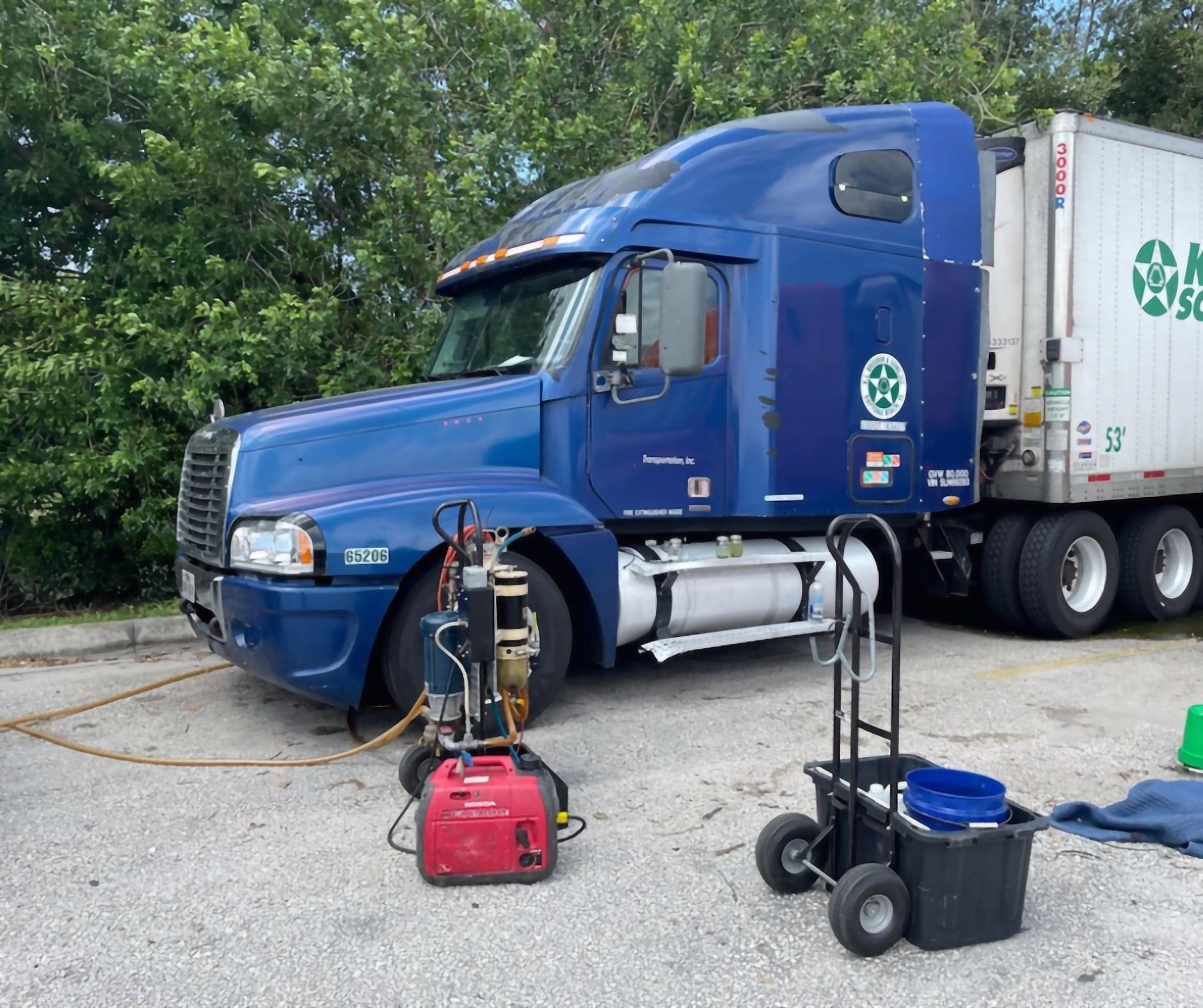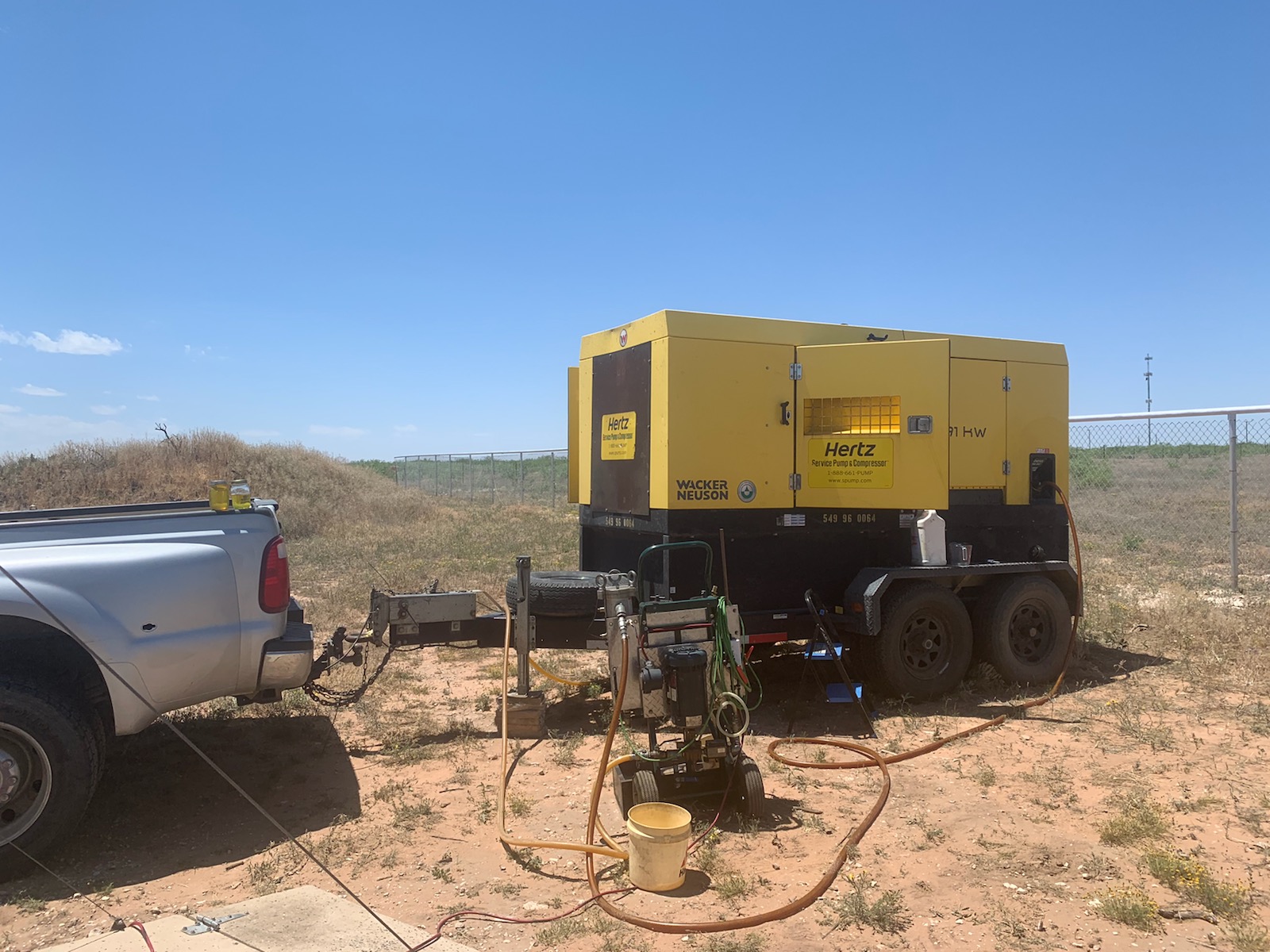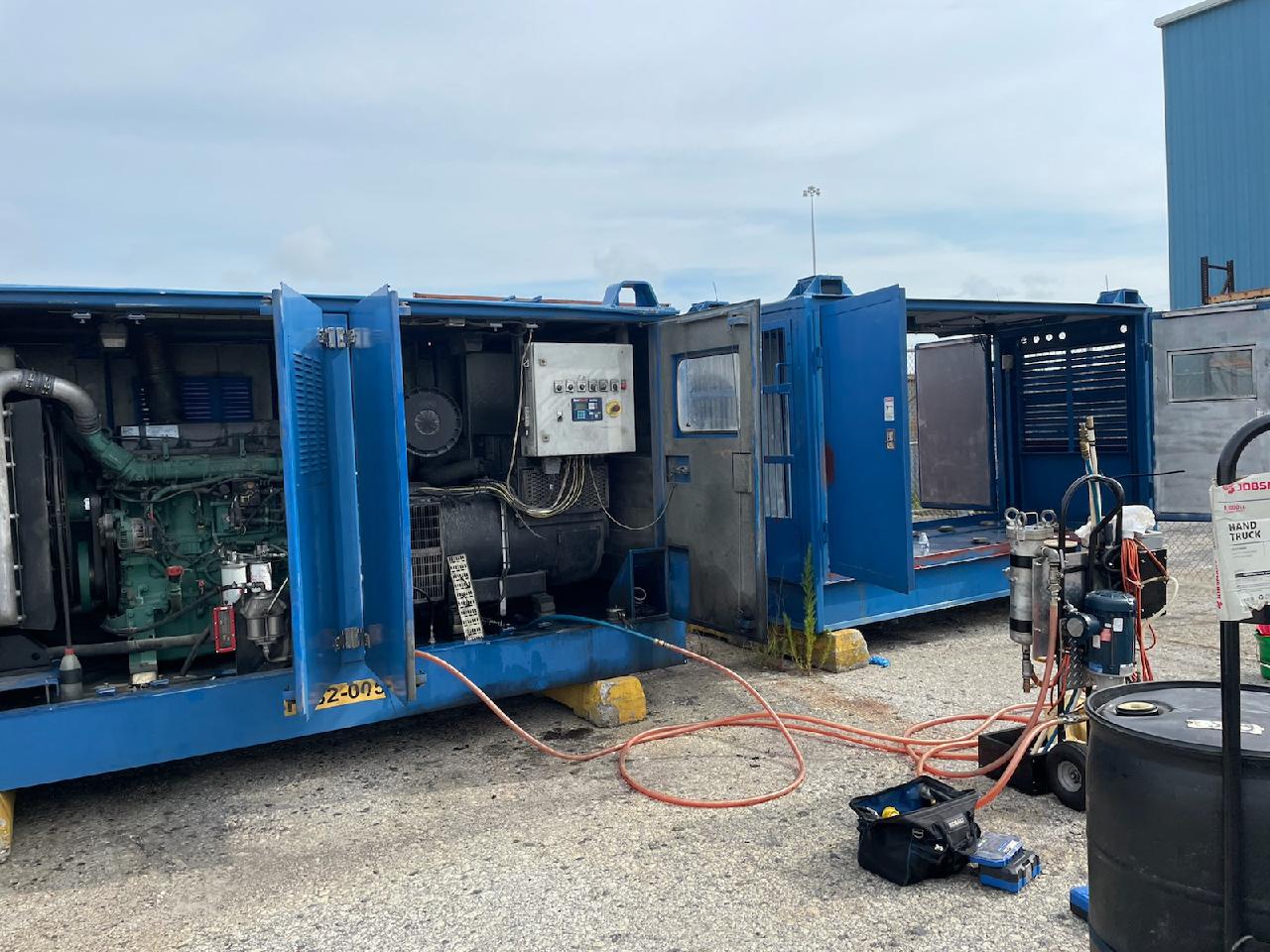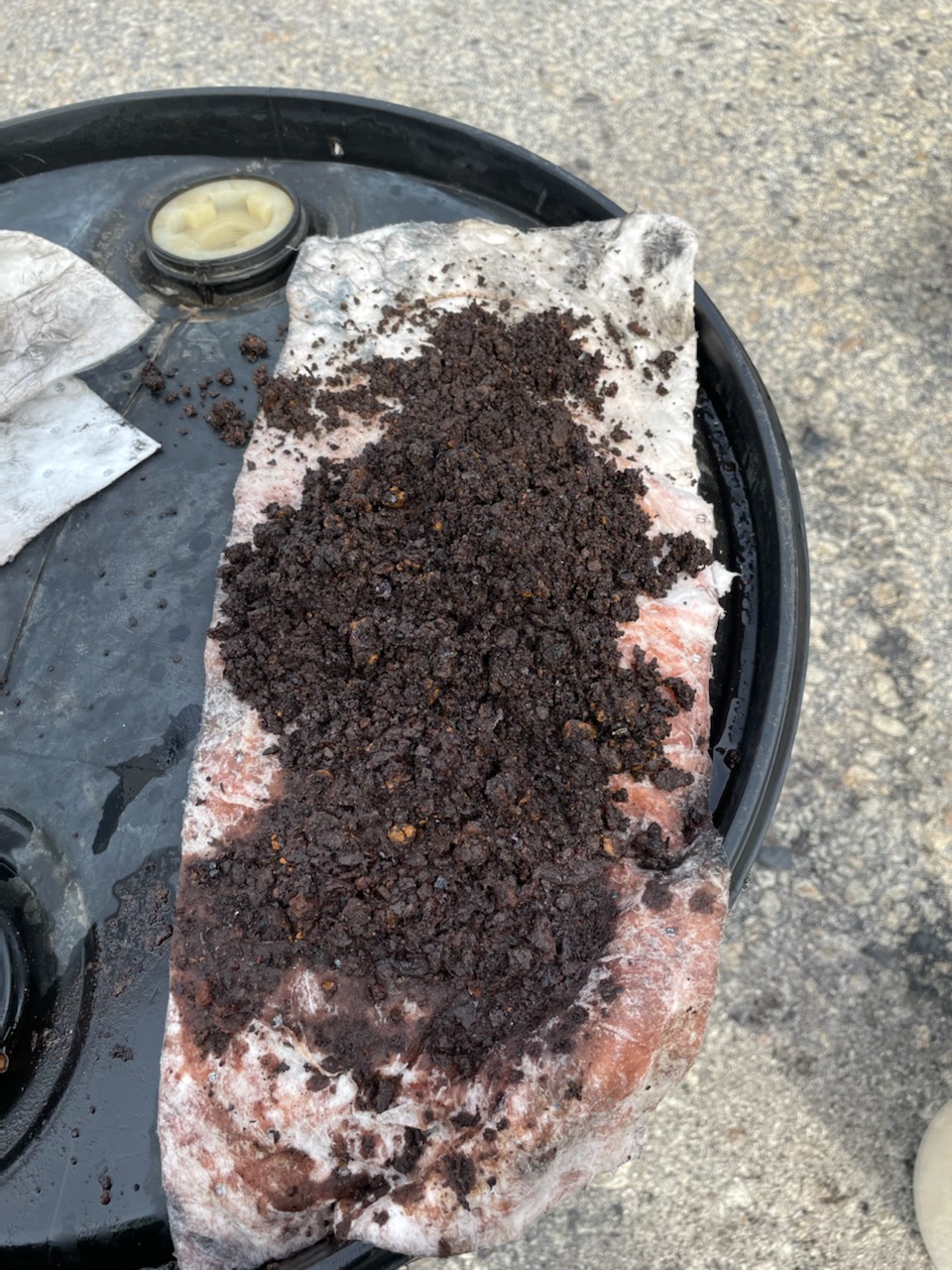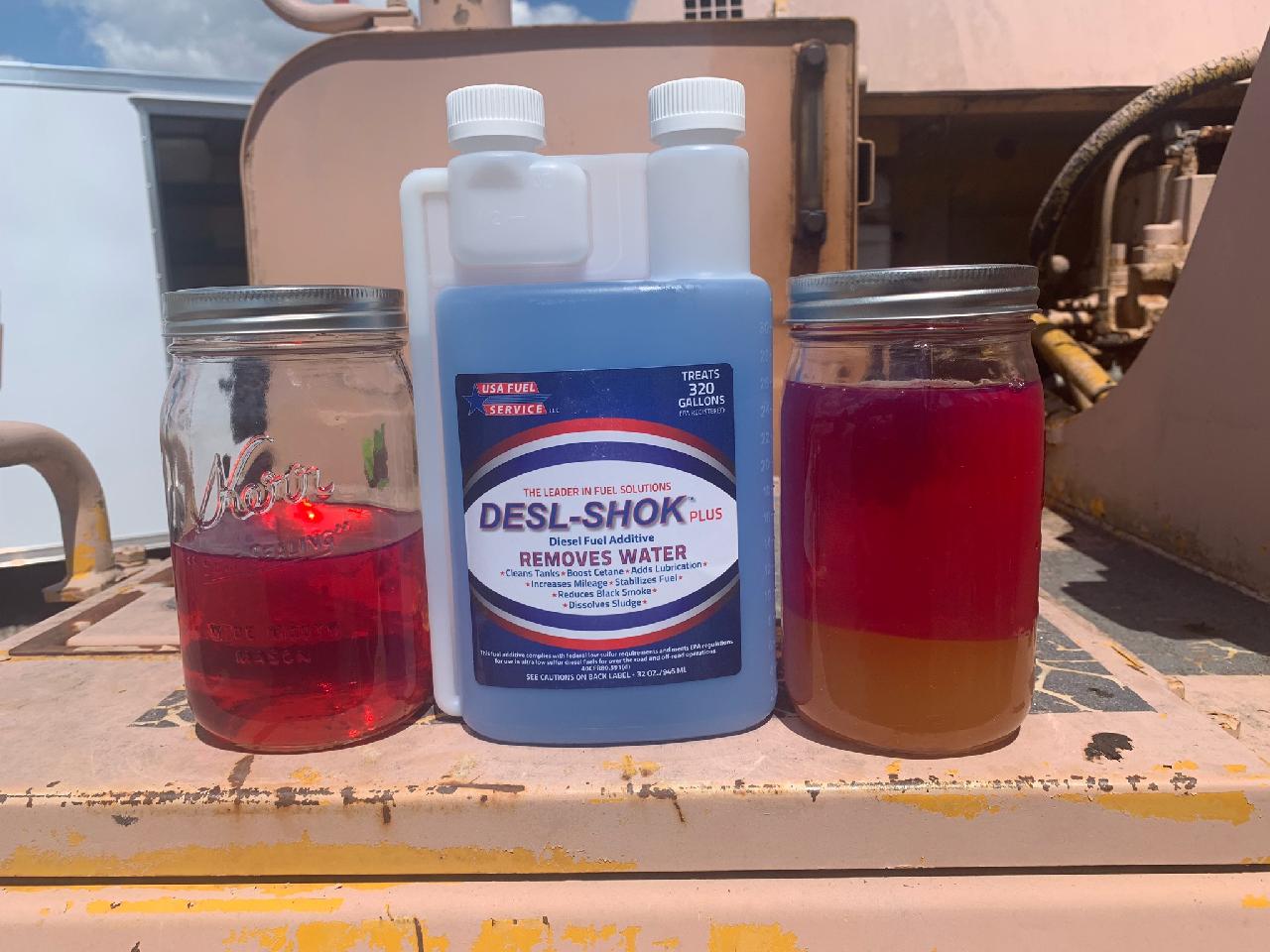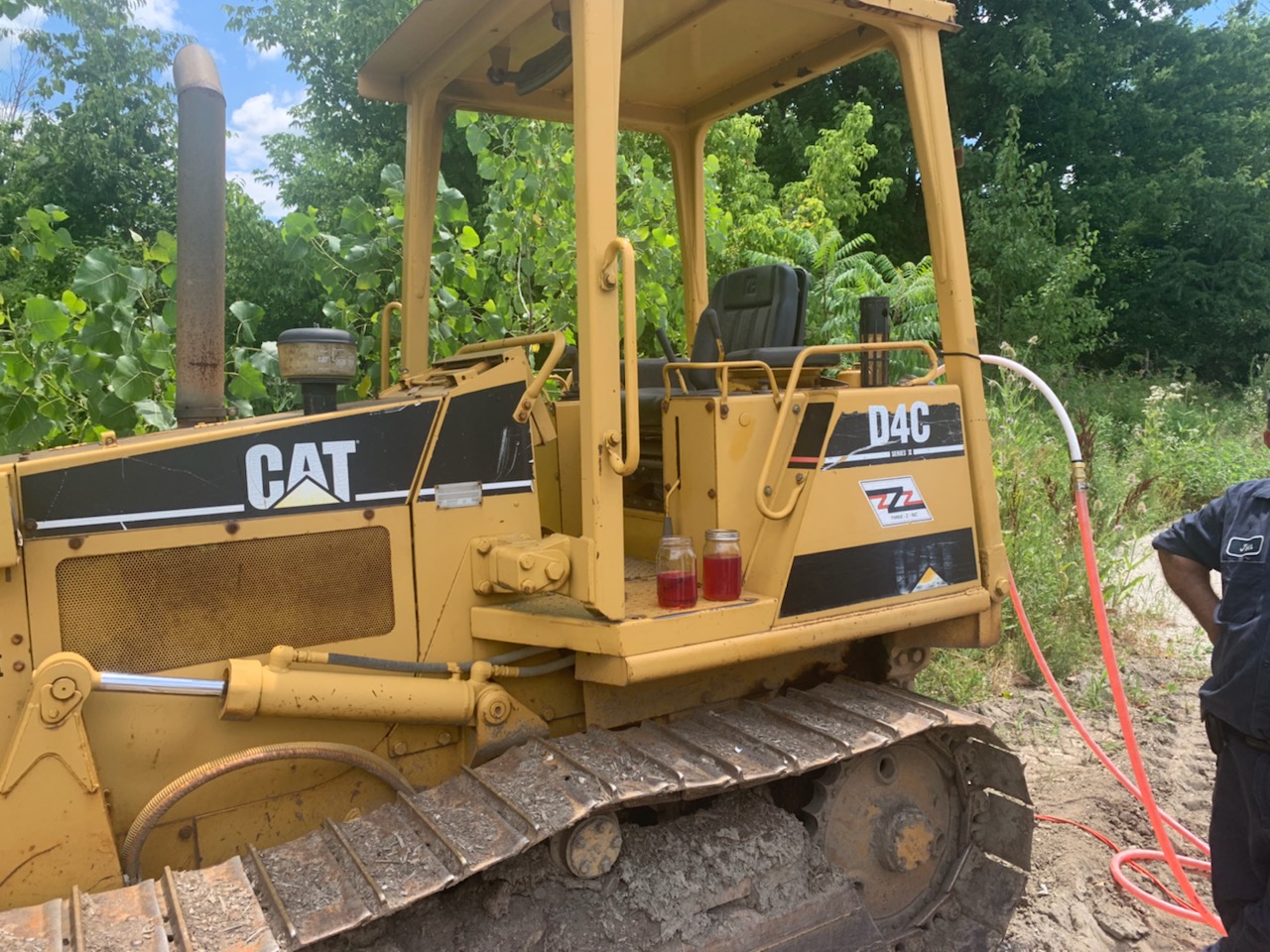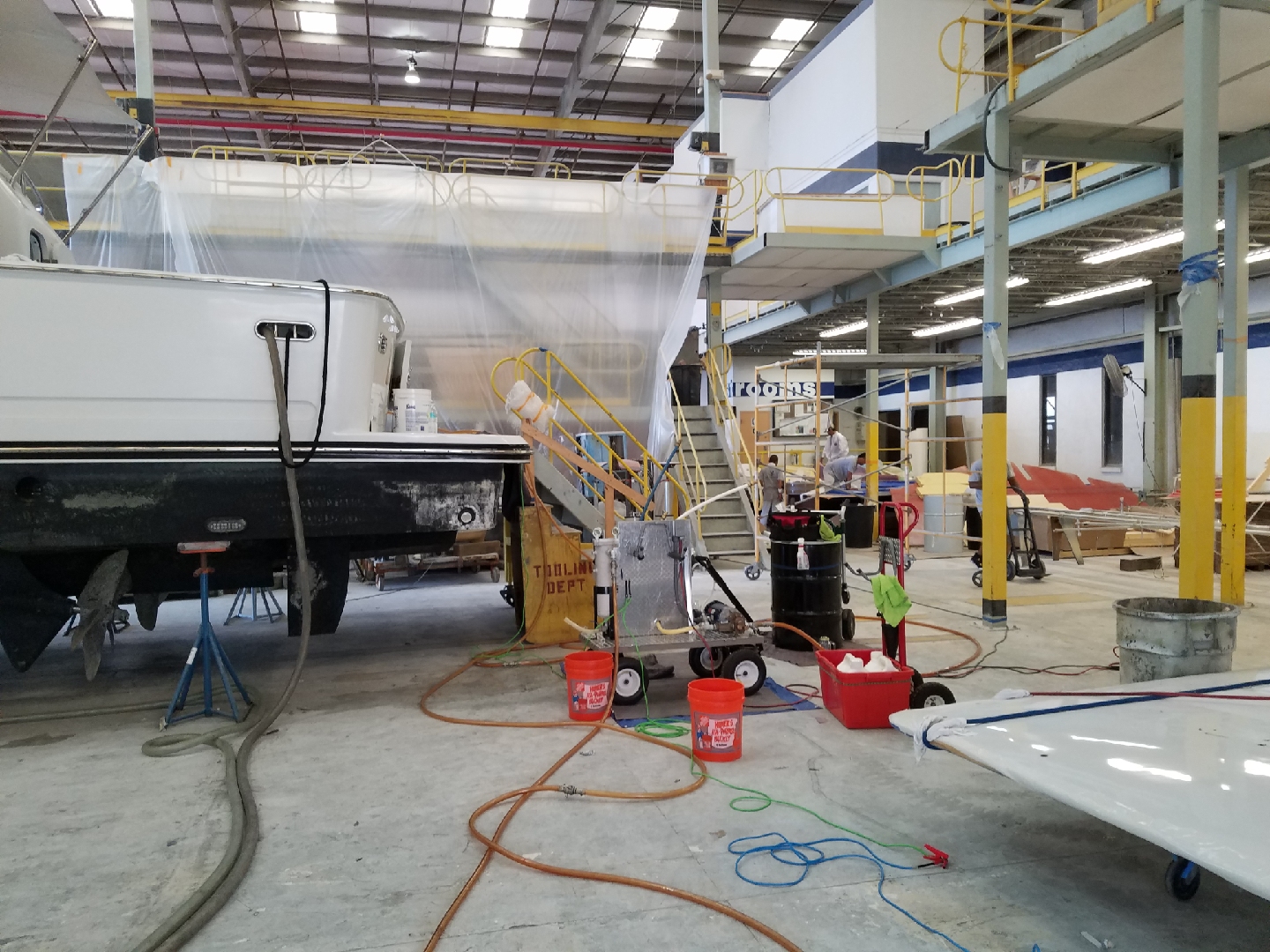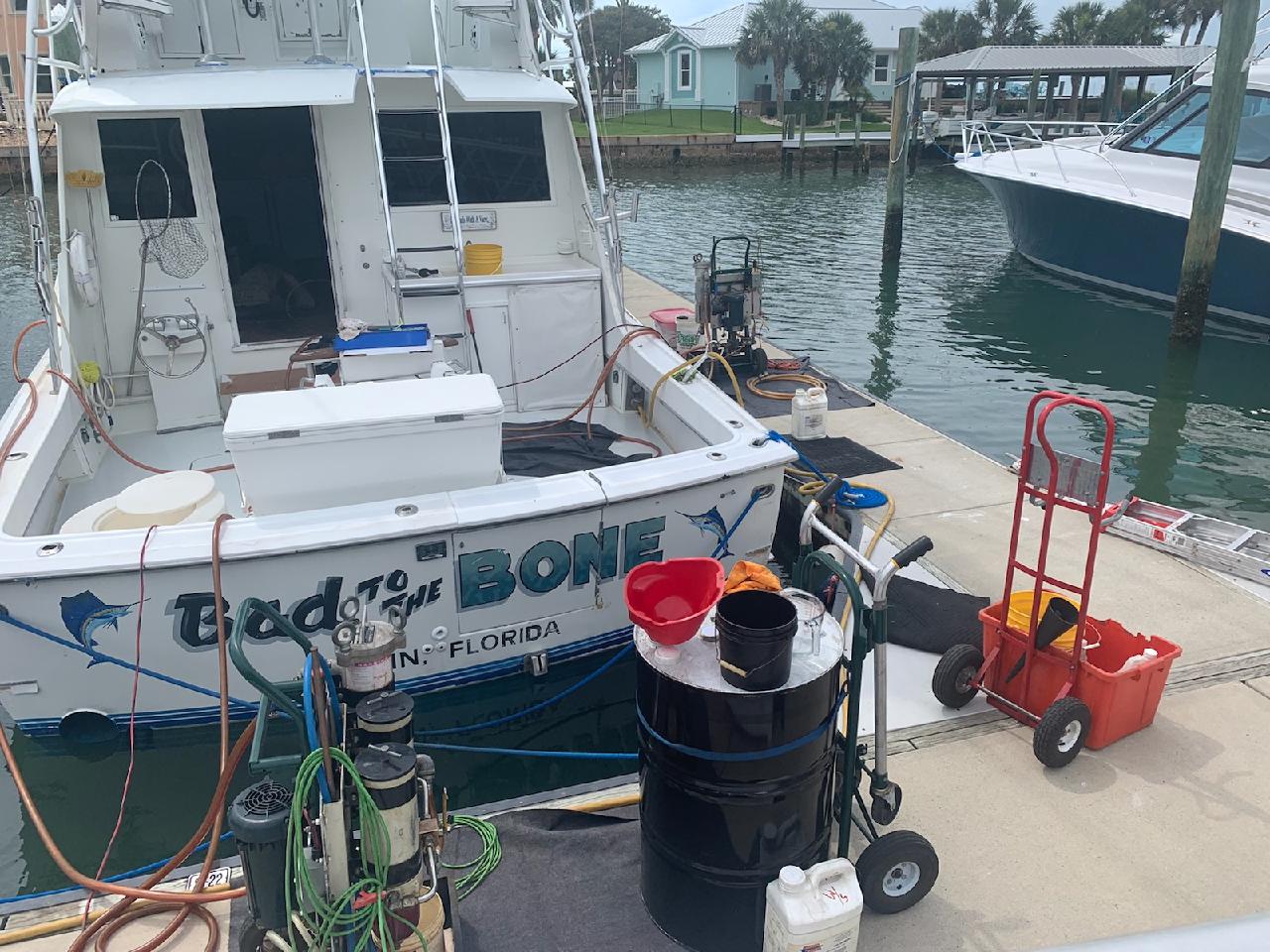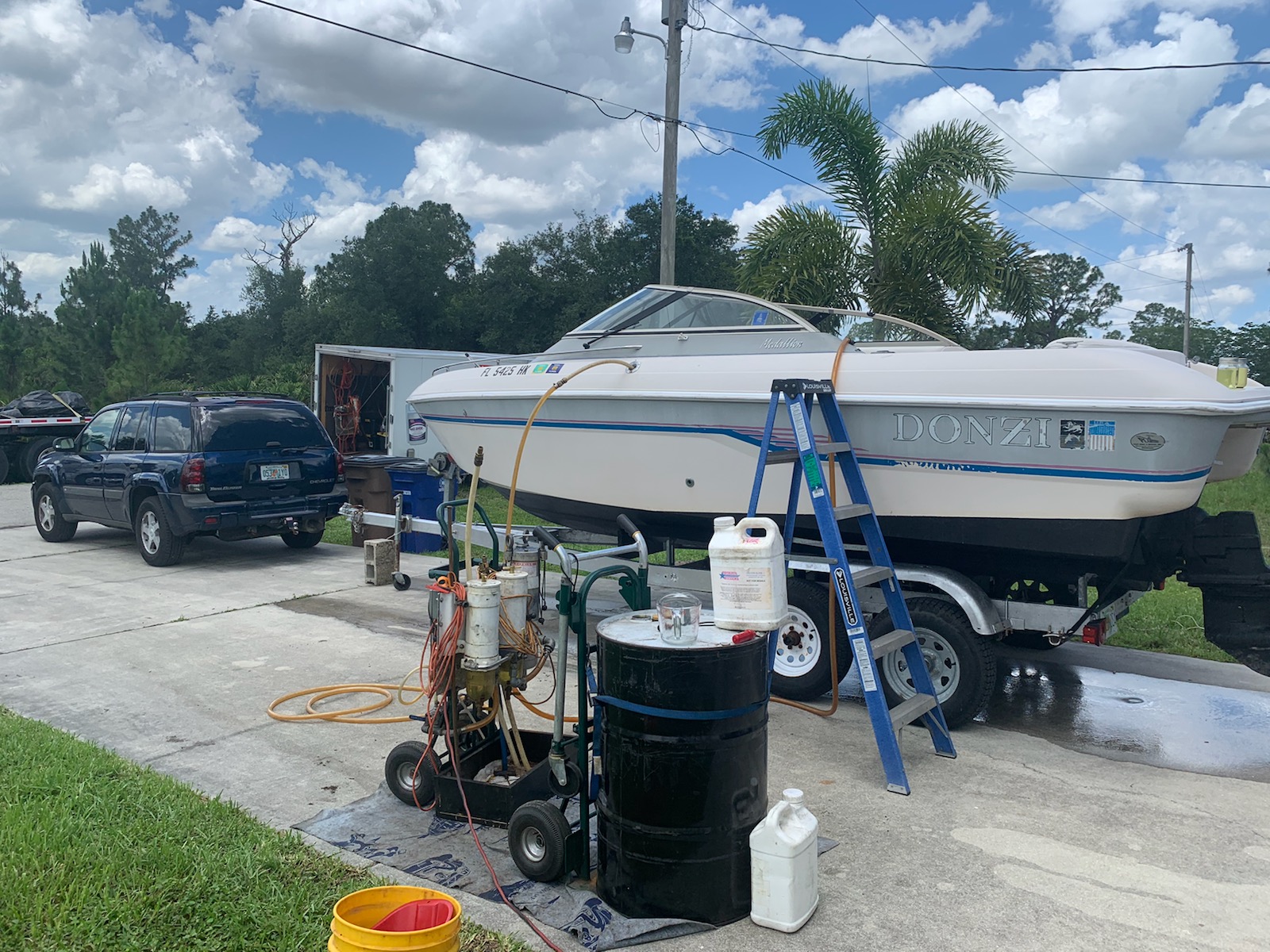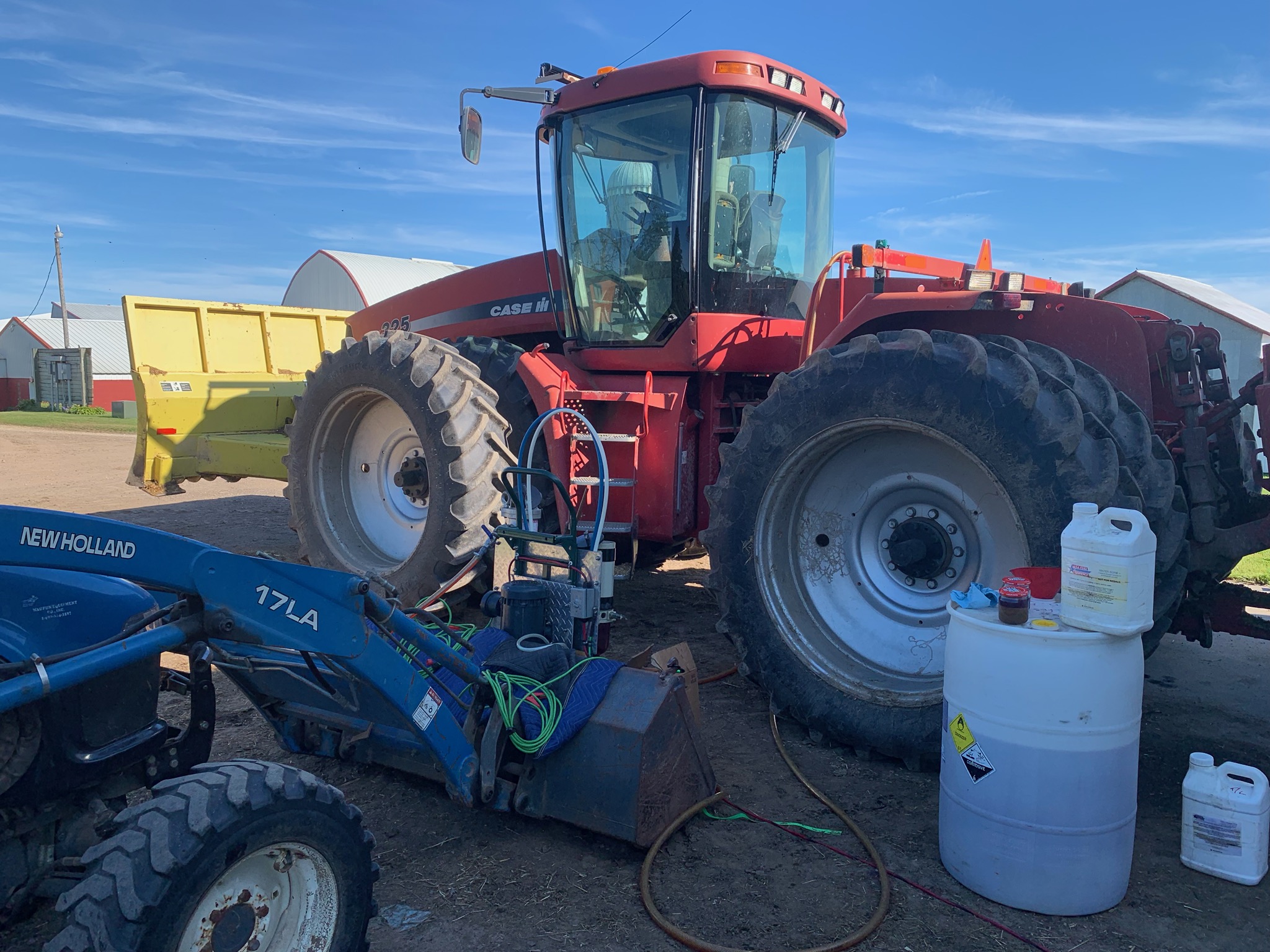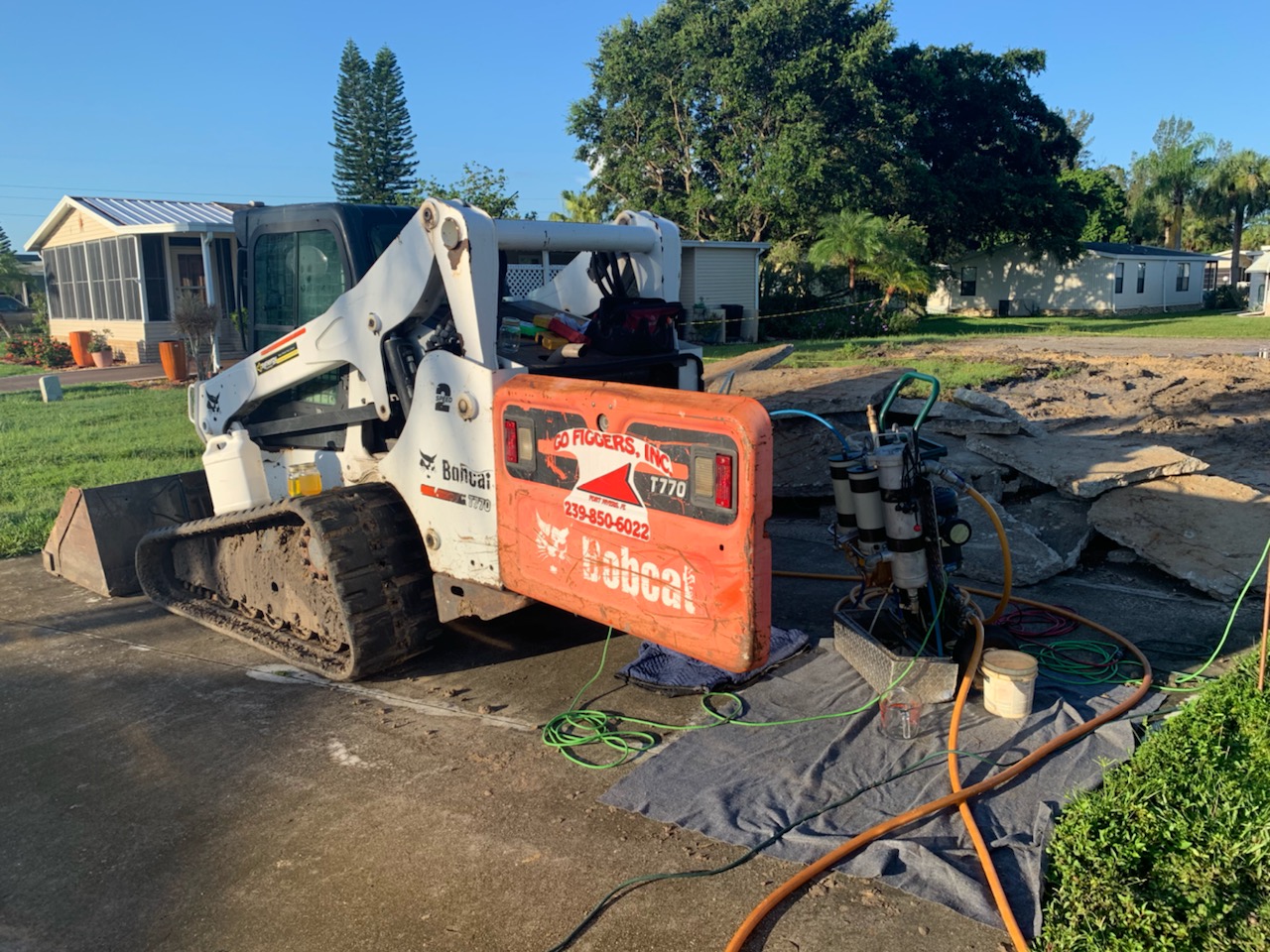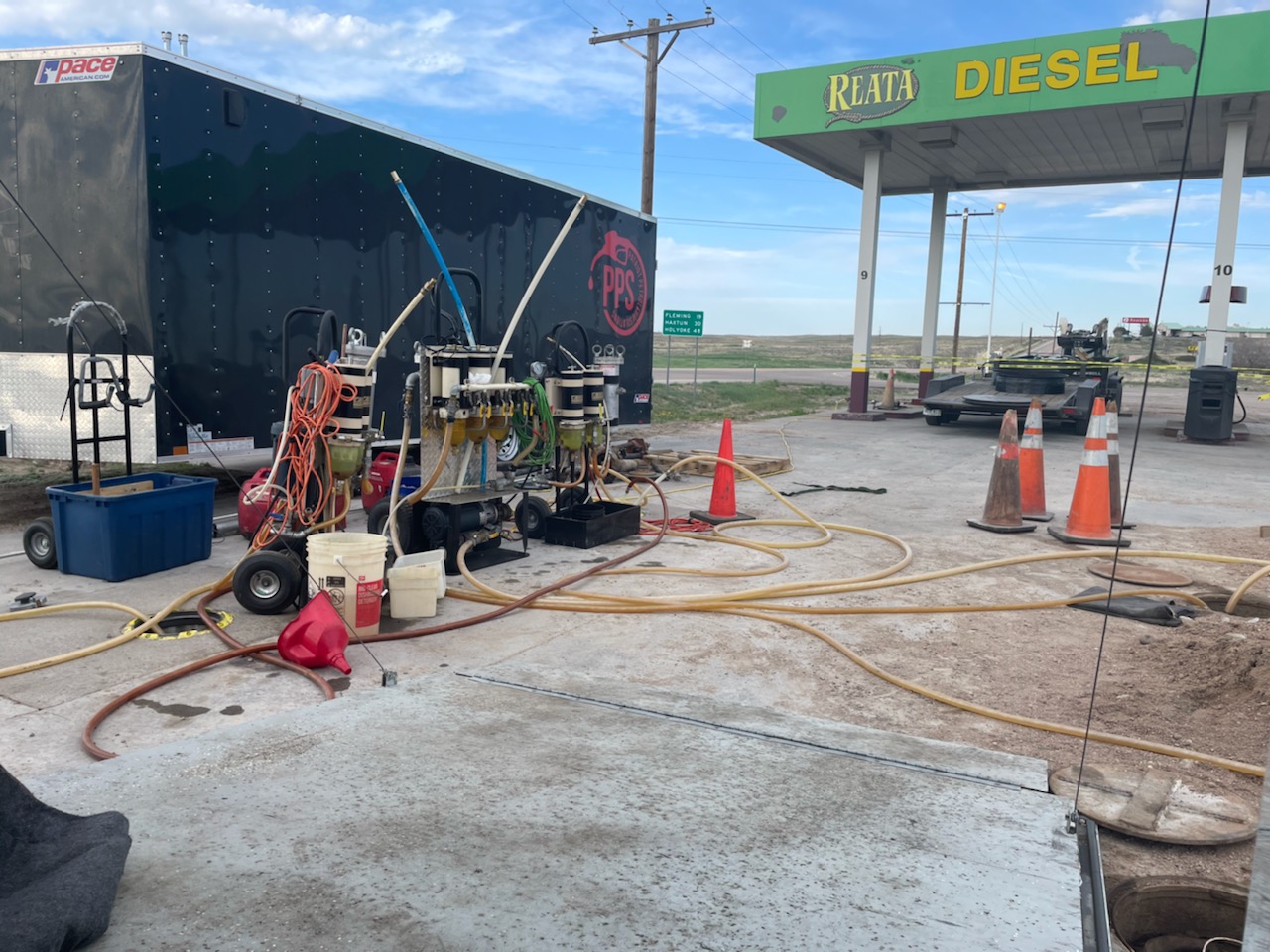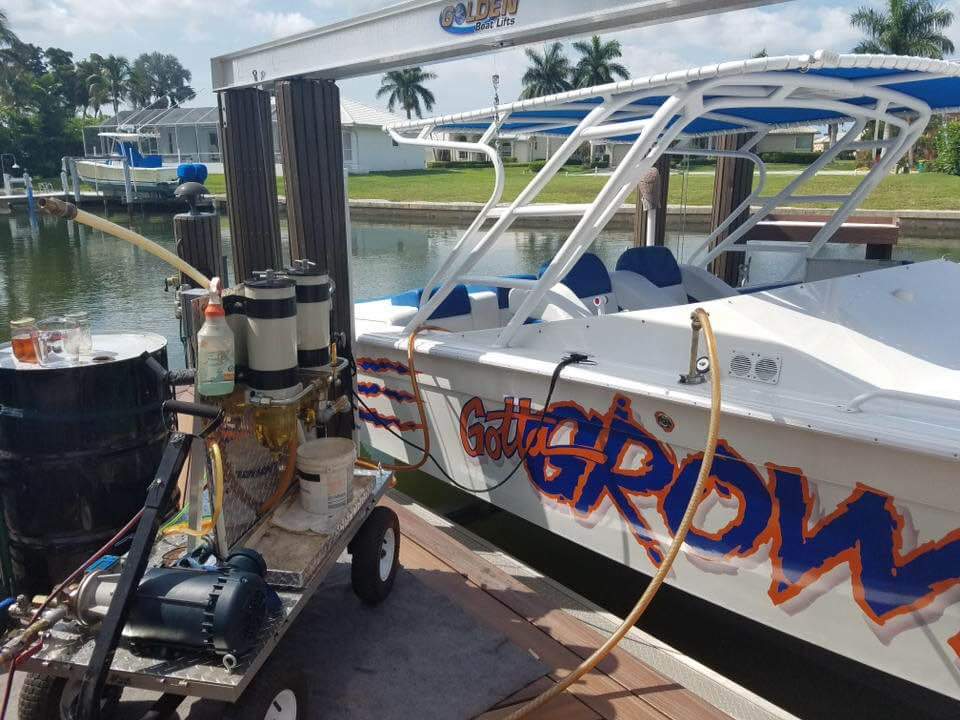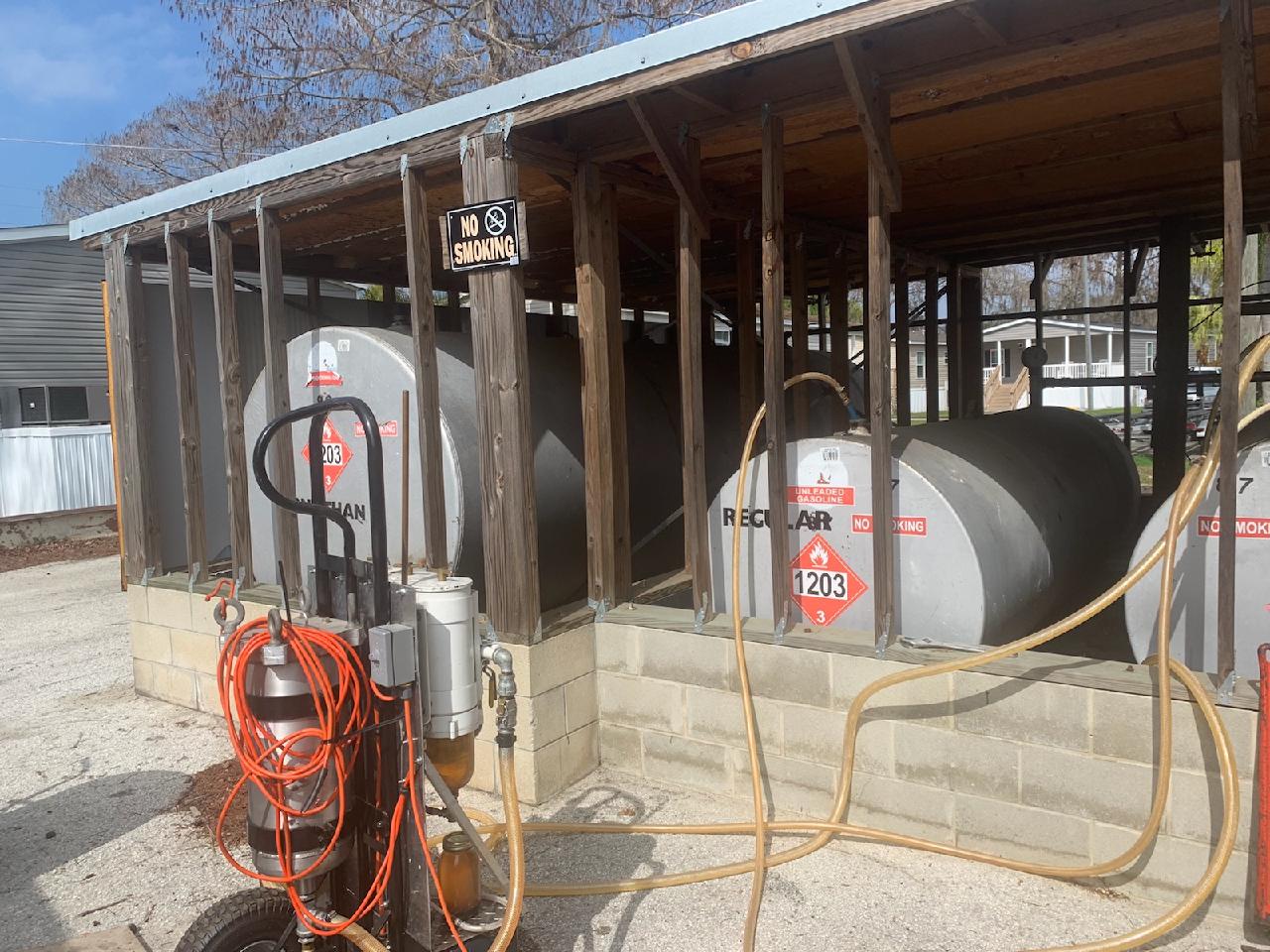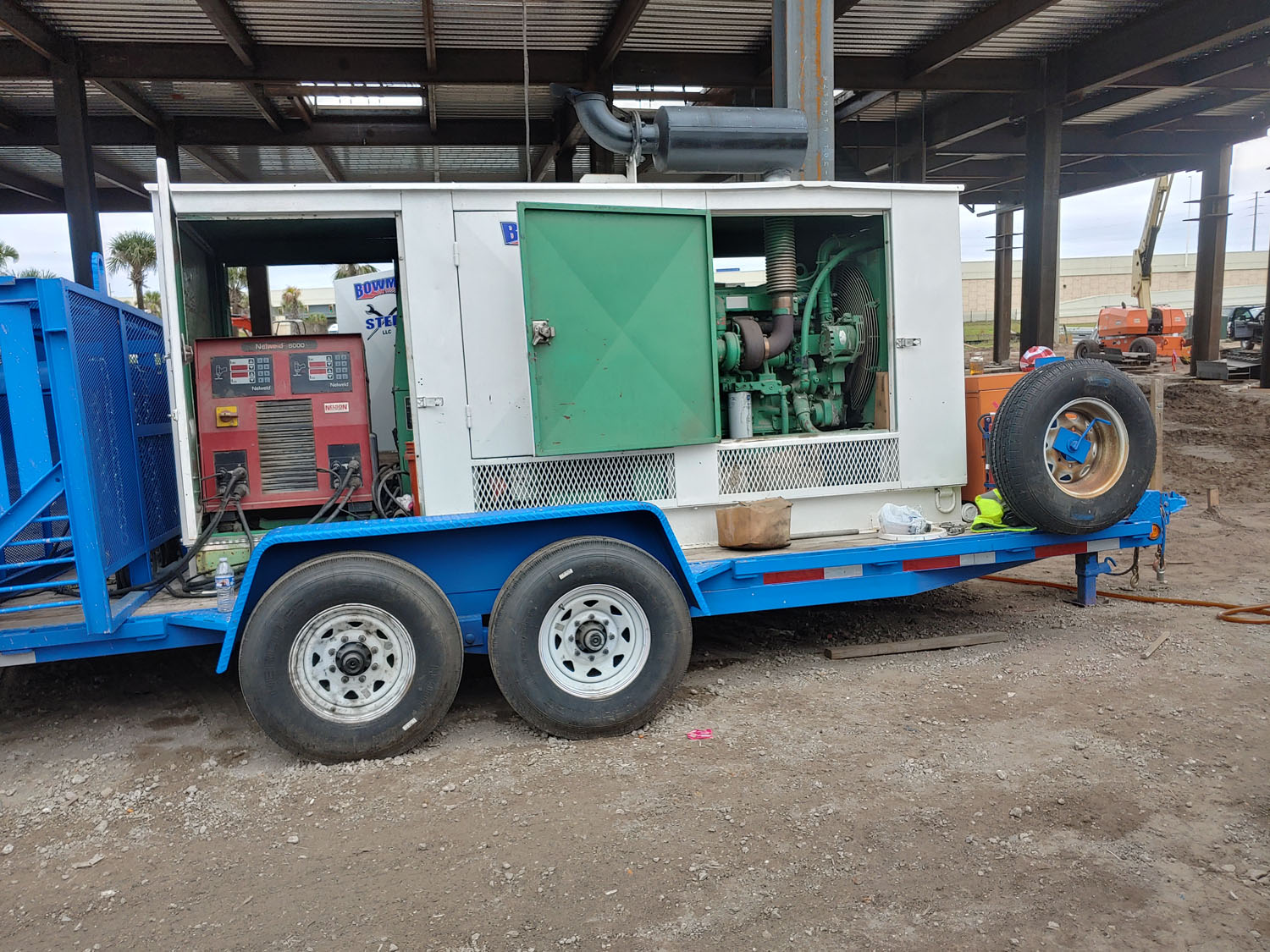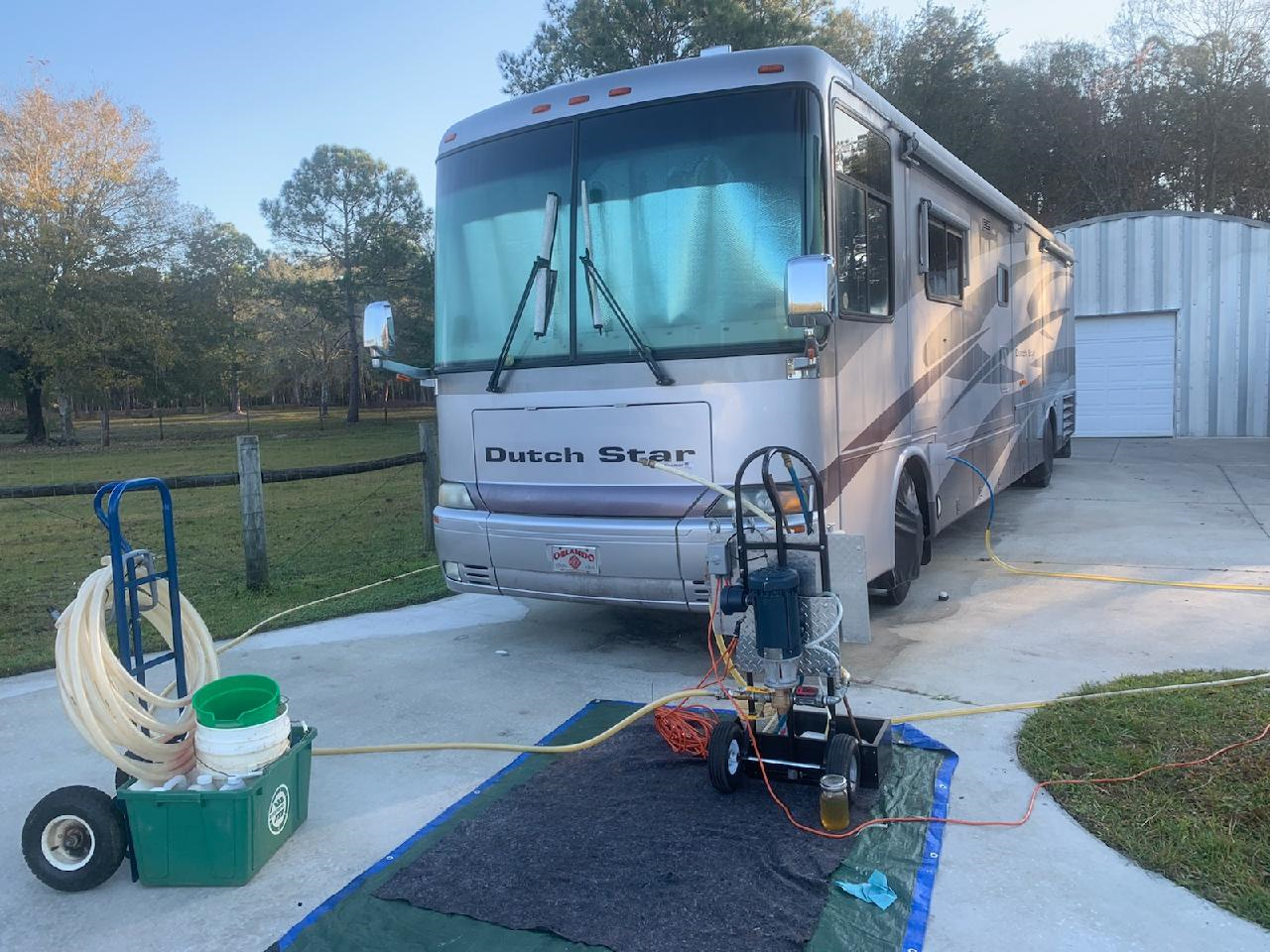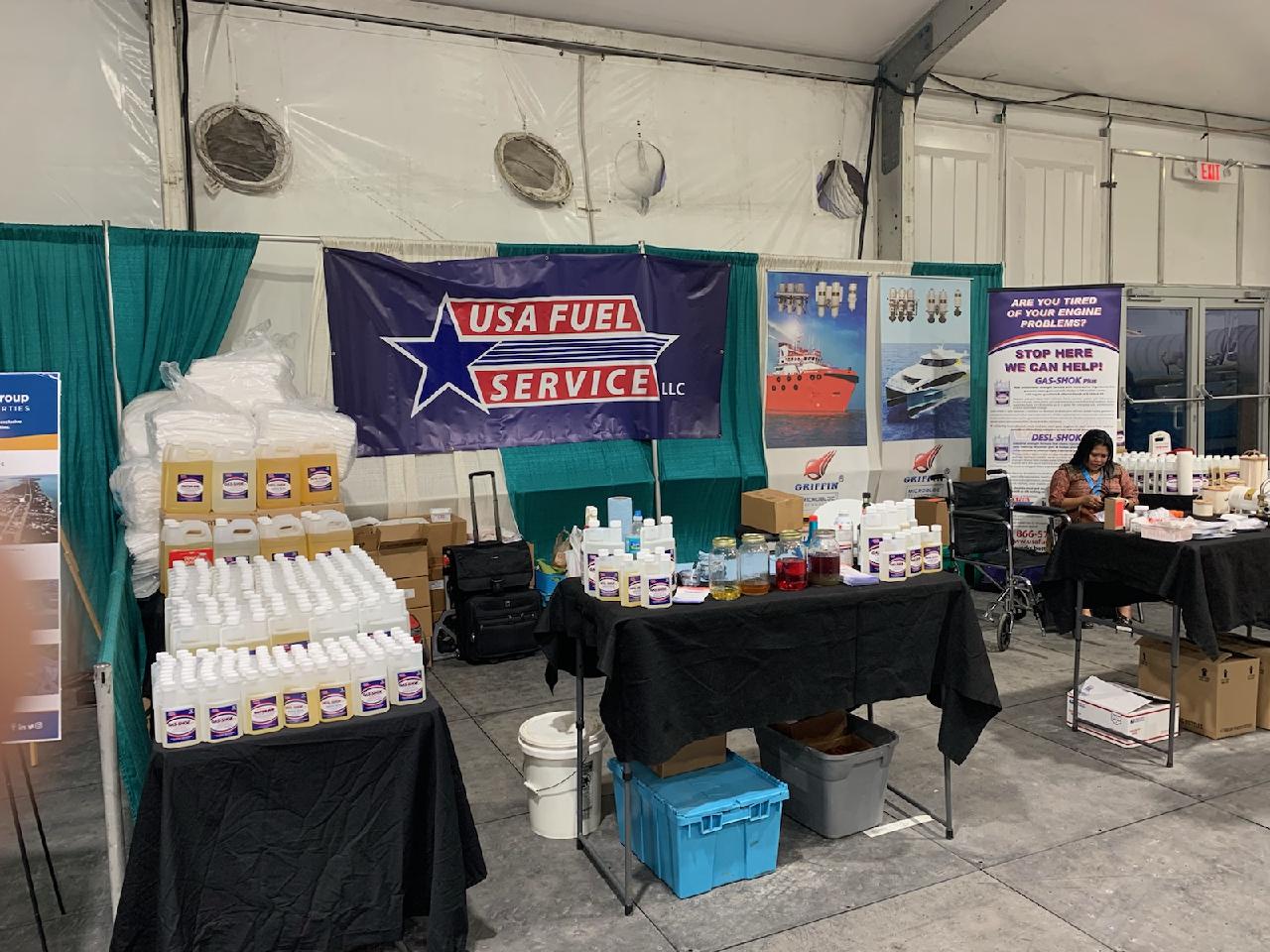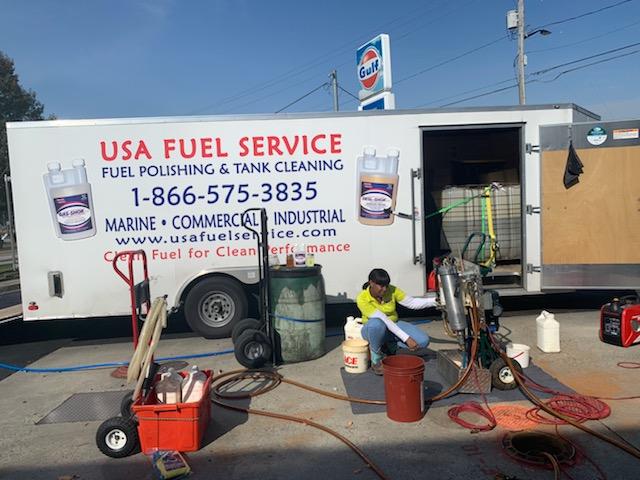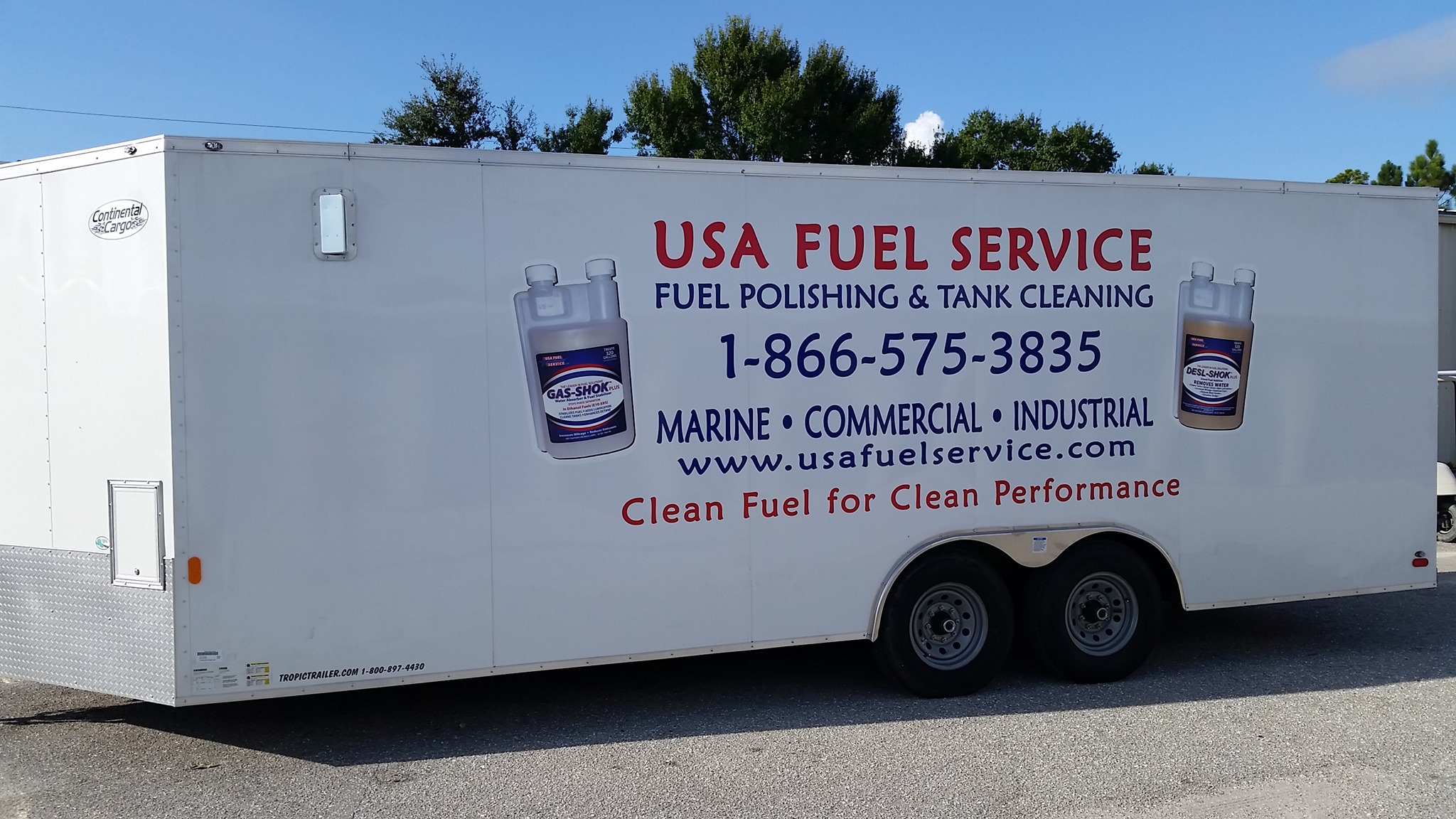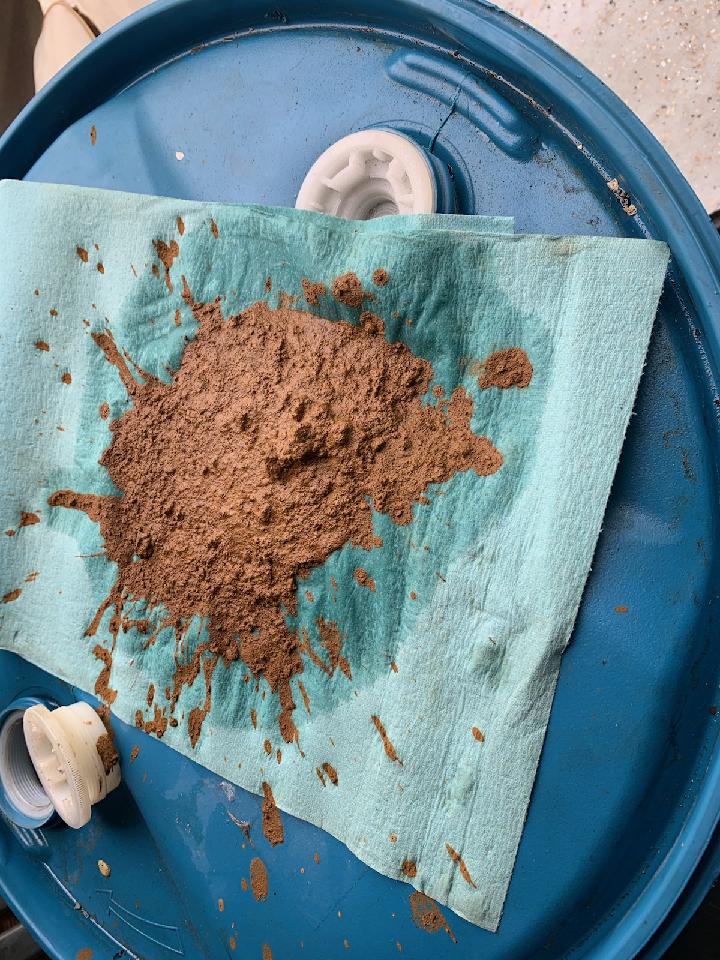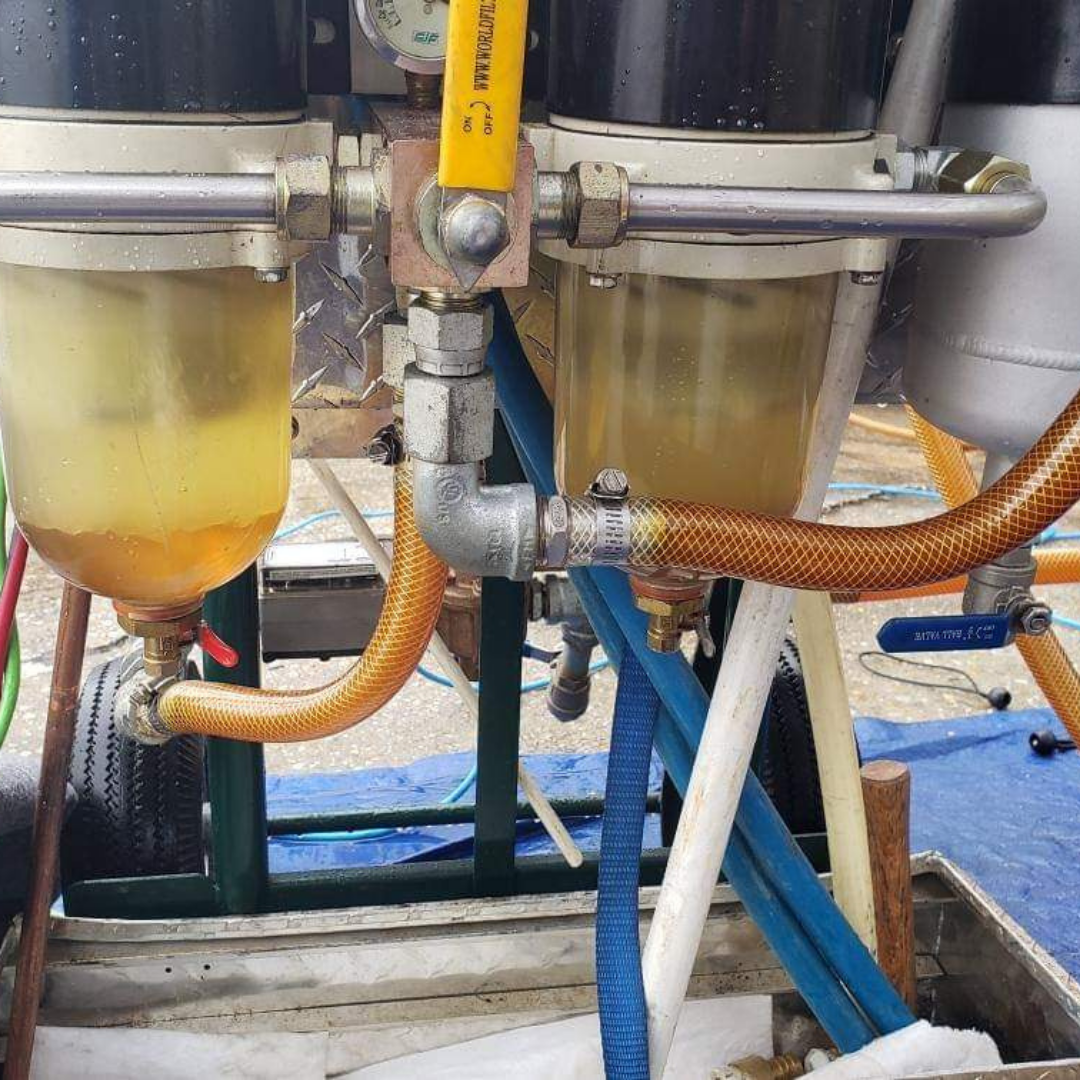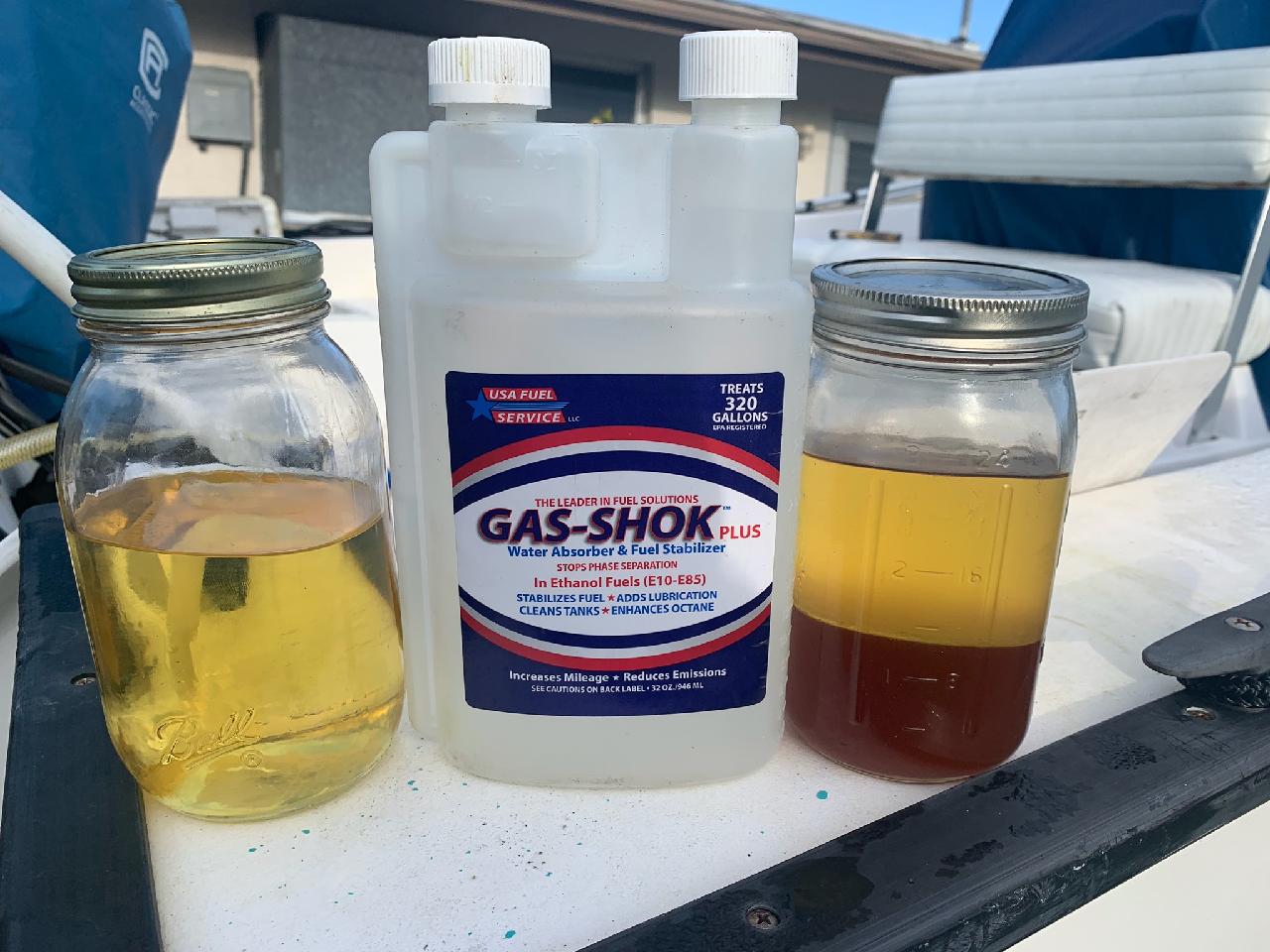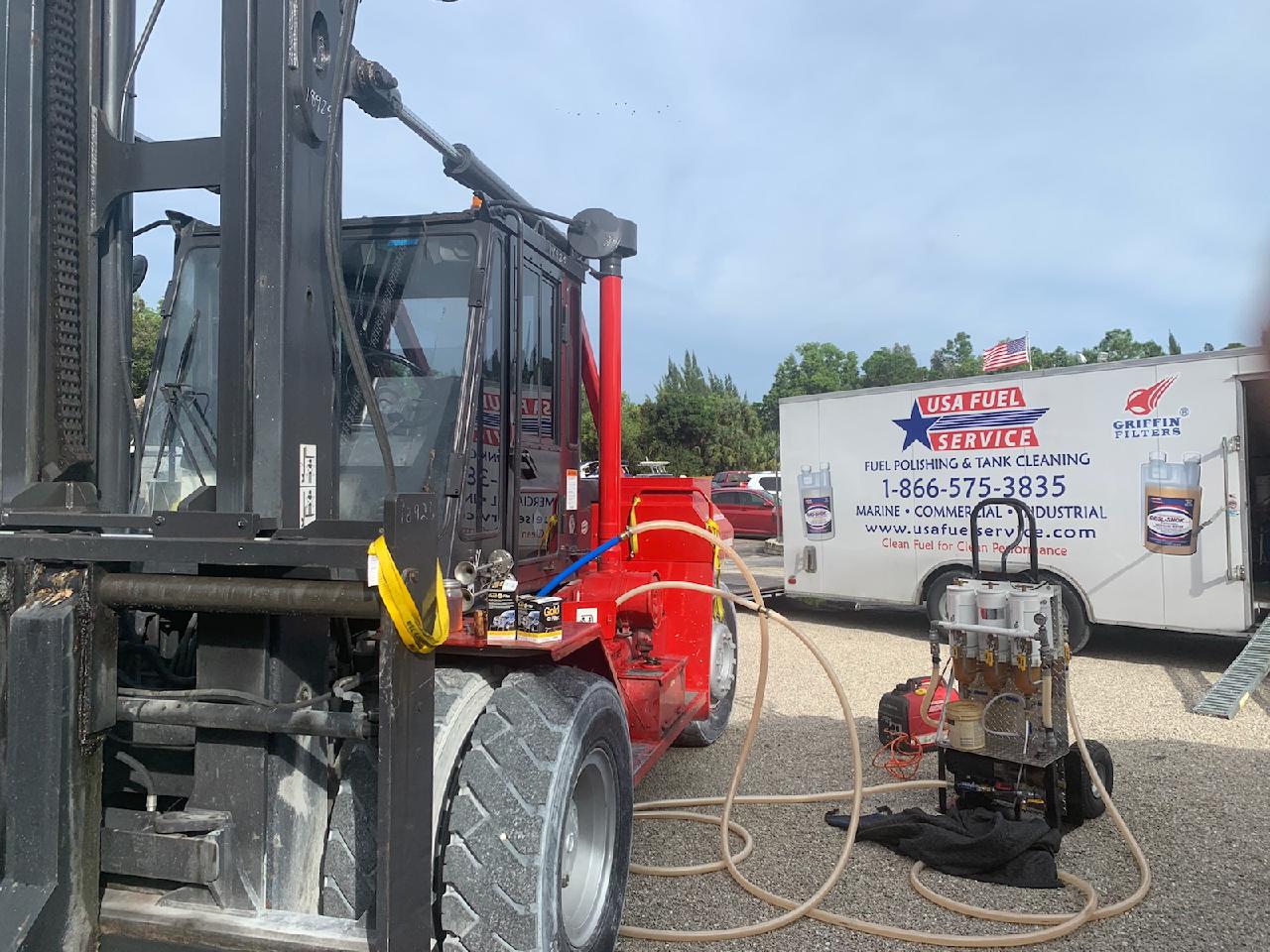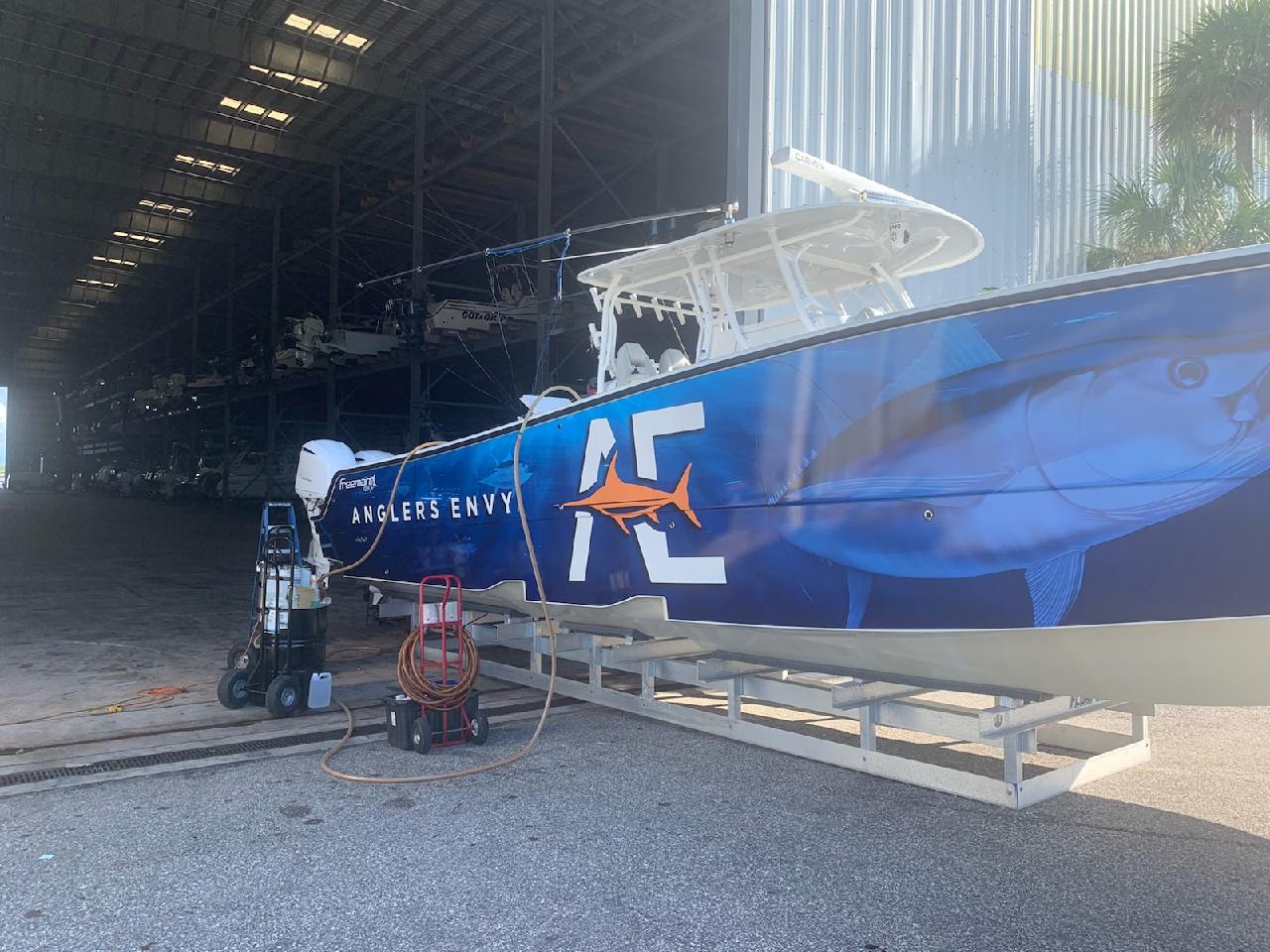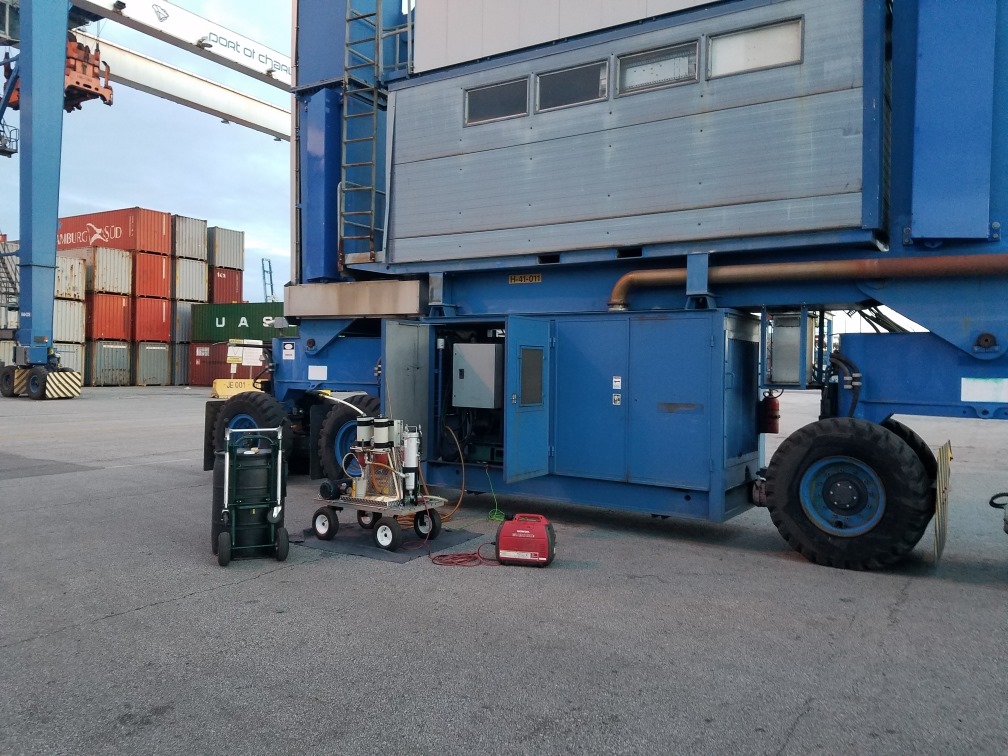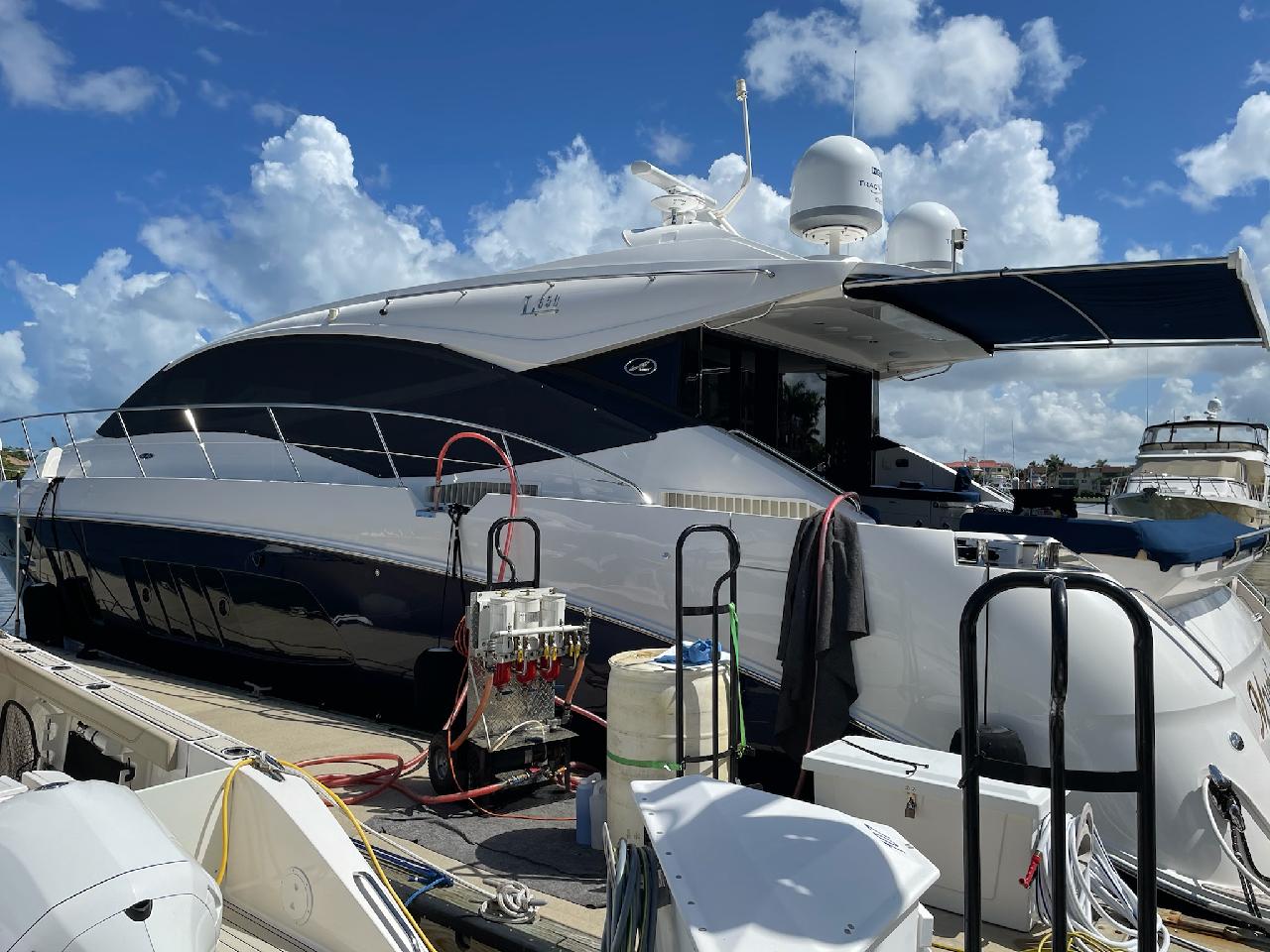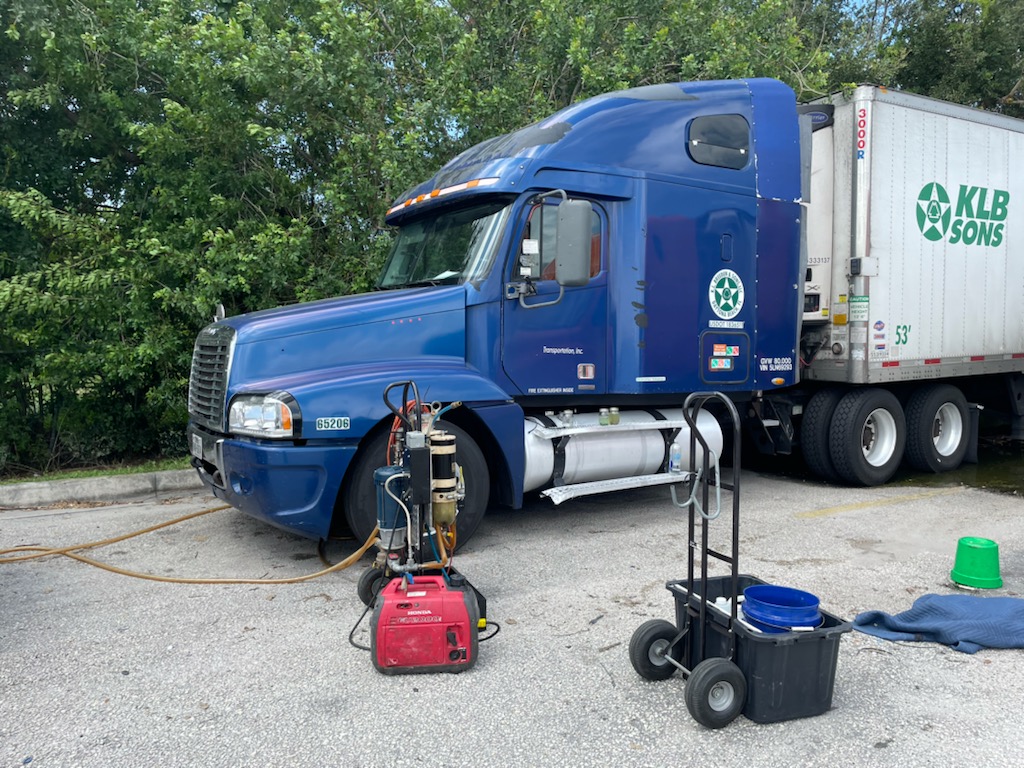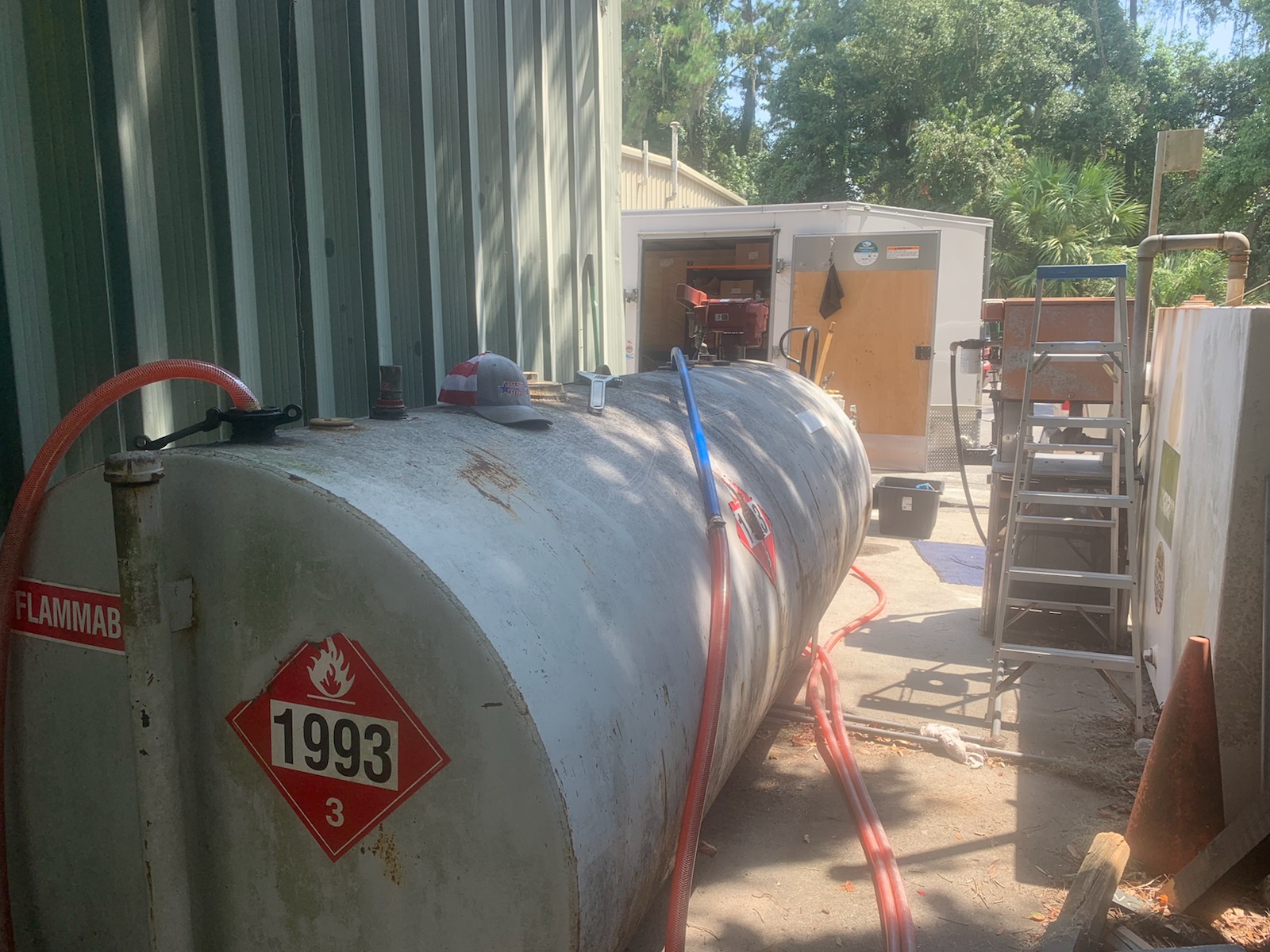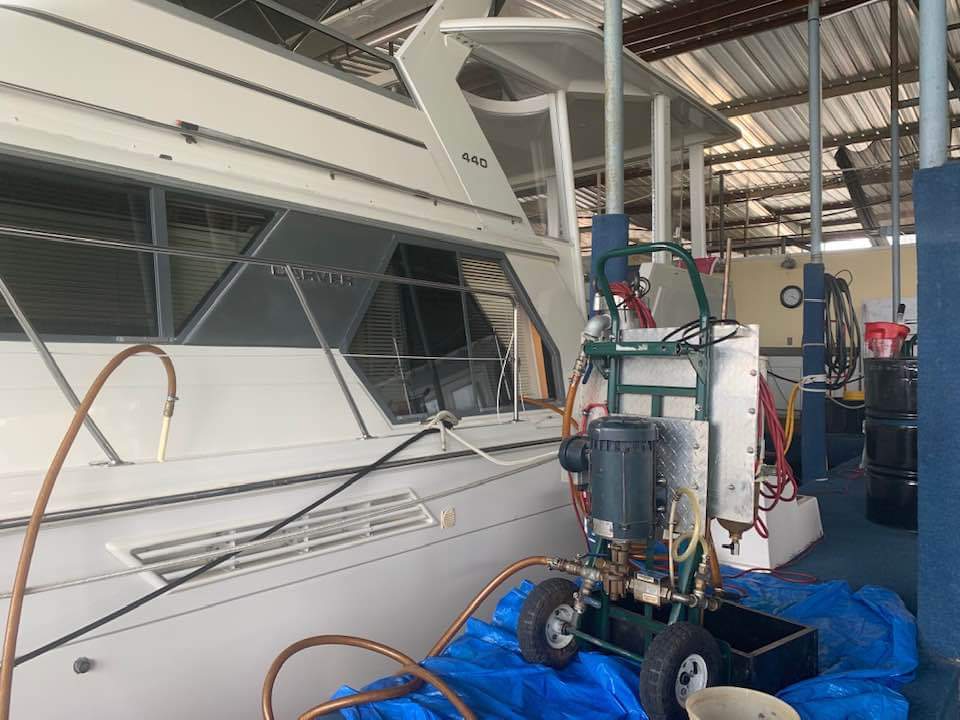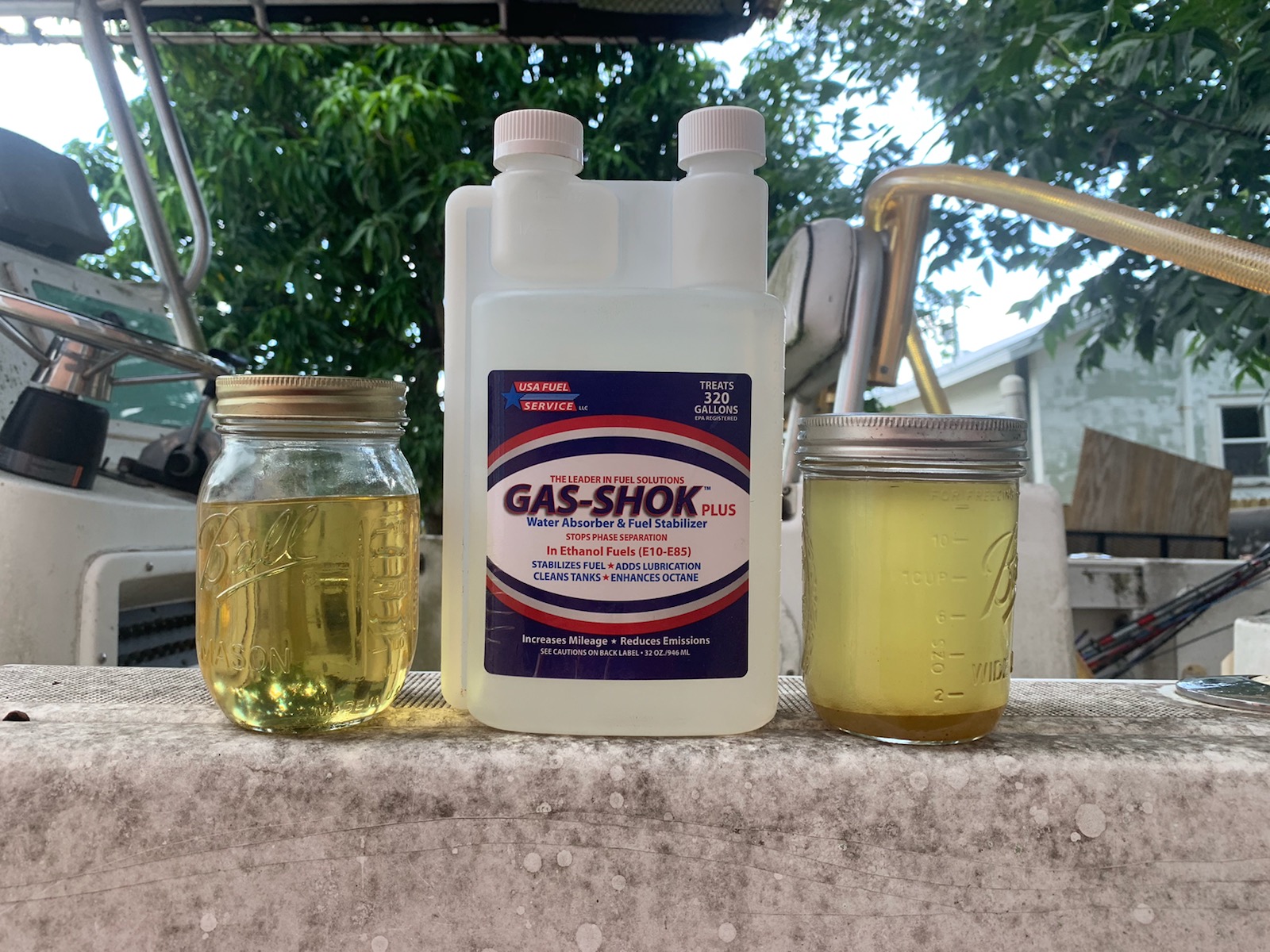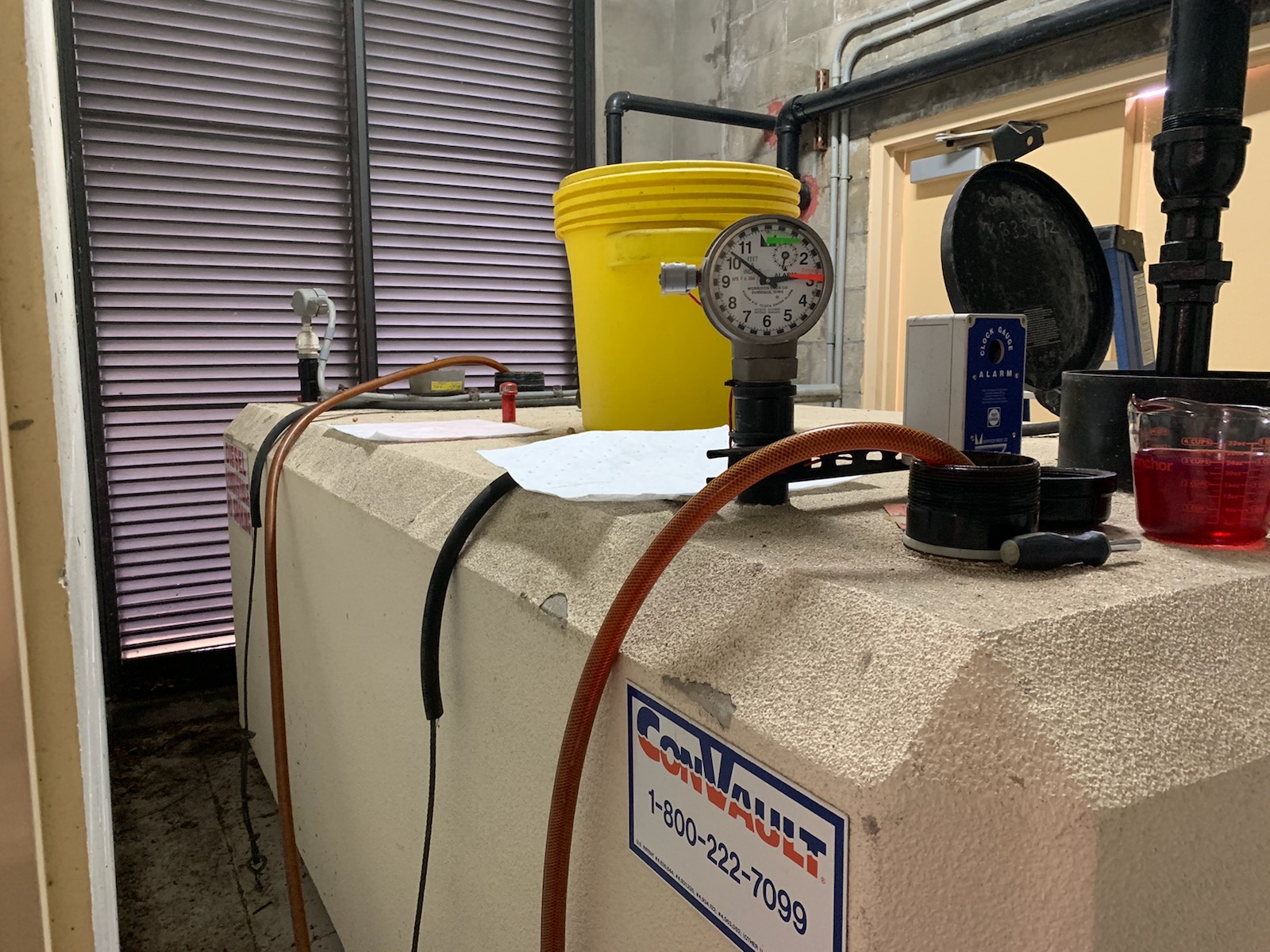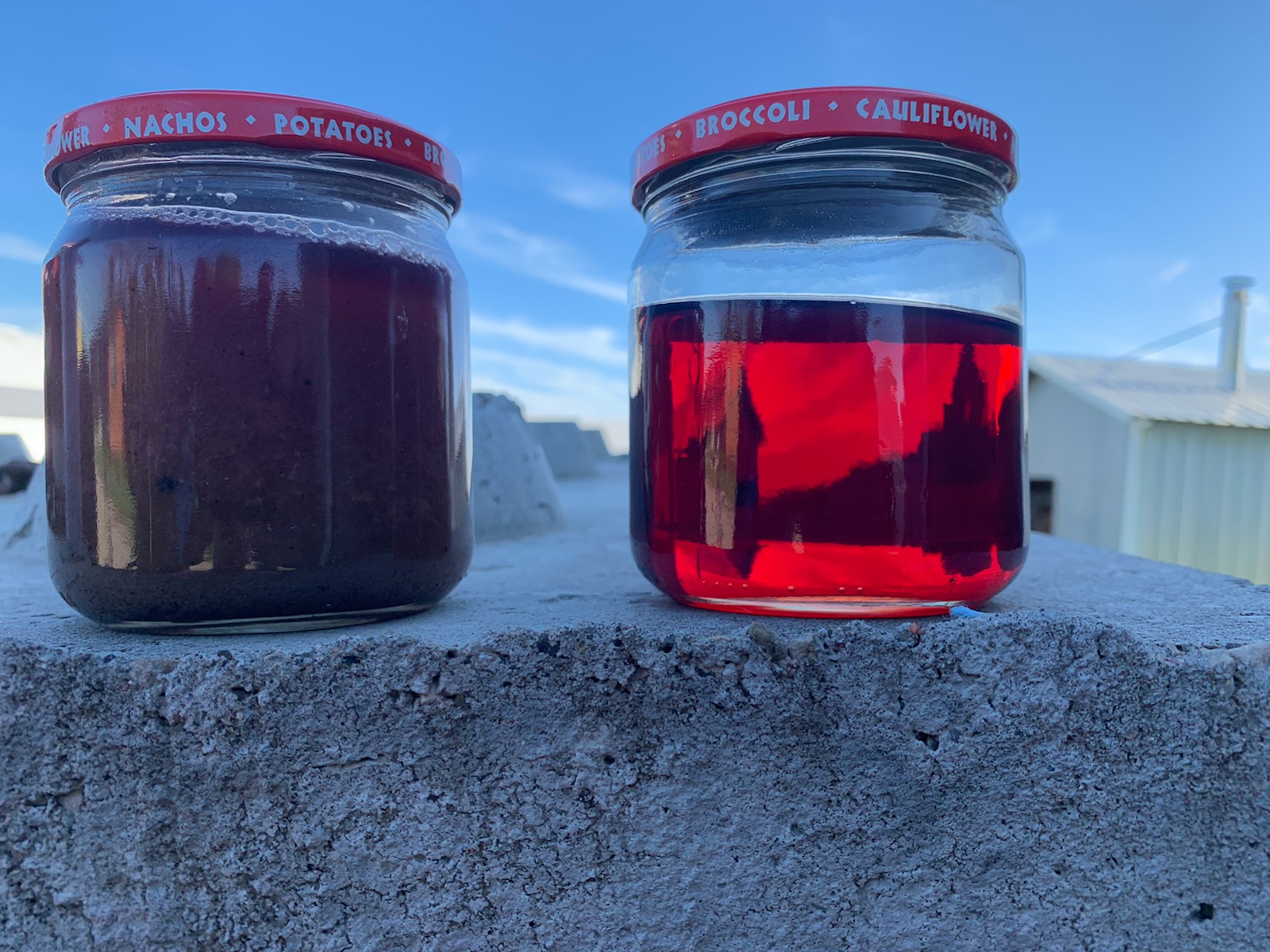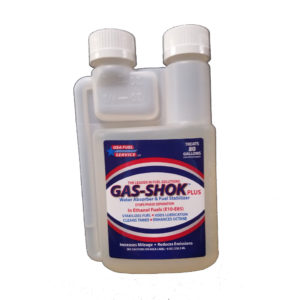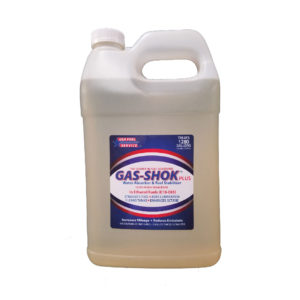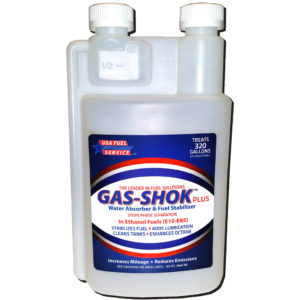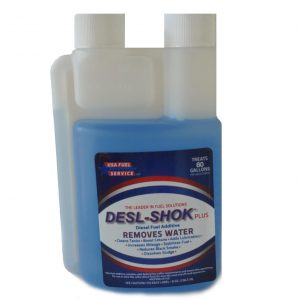Fuel polishing is the technical cleaning process used to remove or filter microbial contamination from oil and hydrocarbon fuel in storage.[1] It is essentially the removal of water, sediment and microbial contamination from such fuels as diesel, red diesel and biodiesel. This fuel contamination, also known as ‘fuel bugs’ or ‘diesel bugs’ build up over time in stored fuels if they aren’t tested and treated on a regular basis.
Why polish fuel?
Over any given period of time fuels in storage can develop pools of sludge, sediment and water caused by microbial contamination. This contamination can quite easily find its way into fuel at one of the many exchange points in its journey from source to end user. Left untreated, the levels of contamination worsen to the point where damage to machinery, pumps and engines is likely. When fuel is pumped into a tank condensation, atmospheric absorption, and a faulty tank are usually the main causes of fuel contamination. Microbes find their way into fuel and cause problems as they multiply and grow.
Symptoms of ‘fuel bugs’ or ‘diesel bugs’
The symptoms of diesel bugs are easy to find. Important things to check over and look out for are: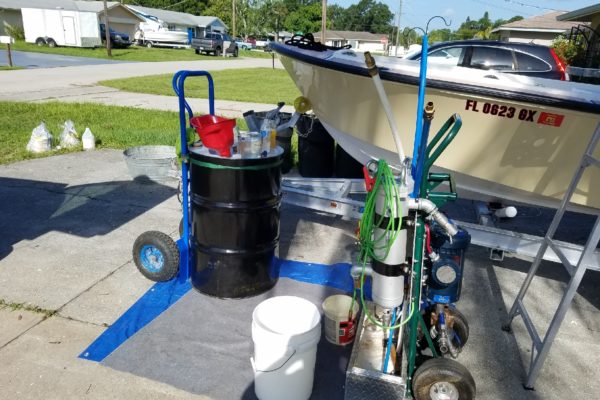
- Blocked Filters
- Fuel System Failure
- Worn Fuel Injectors
- Corroded Tanks
- Engine Failure
Microbial contamination is heavily accelerated when higher biodiesel content content occurs along with lower sulphur content.
The process
In essence “polishing” is an advanced level filtration of the fuel, monitored and controlled via a central processing unit. Its application ensures the need for fuel additives is either massively reduced or totally removed. A typical process involves a single pass of the fuel through different apparatus, removing increasingly finer contaminant in each stage. The application of different filter technologies is vital; a single process is not sufficient to extract the different forms of water and matter found in fuel.
During the fuel polishing process, multiple stages are required to effectively remove the solid particulates, wet foreign matter and water from the fuel. This multi-stage process ensures the high efficiency of the process, however ensuring dense matter removal first is key, as is the removal of large matter on the suction side of the internal pumping stage. High pressurisation of fuel contamination is notoriously dangerous and as such the majority of the polishing process should be carried out on the suction side. The pressure side process is often referred to as the final or finishing stage, where 2 micron particulate[4] is removed and the fuel’s final water content is extracted to within the efficiency of the filter stages.
The amount of time required to complete the fuel polishing process depends on several factors. One of the most important is the specific fuel polishing machine used. Fuel cleaning machines can polish at rates from 8 litres per minute to upwards of 400 litres per minute, however the factors which govern the process are about more than just flow rate. In fact a high flow rate can be detrimental to the overall effect due to increased pressures in the filter stages and adverse disturbance in the fuel tank. Another factor can be the quality of the fuel. If the fuel is highly contaminated it will typically take longer to clean than a batch of cleaner fuel of the same volume. The third factor to take into account is the volume of fuel to be processed. It may seem obvious but the larger the volume of fuel that requires polishing, the longer it will take to complete the cleaning process.

